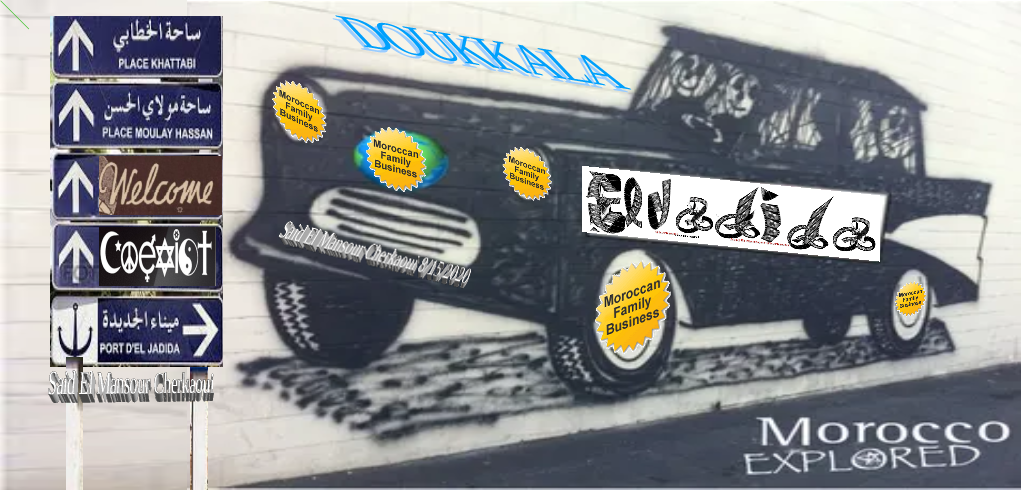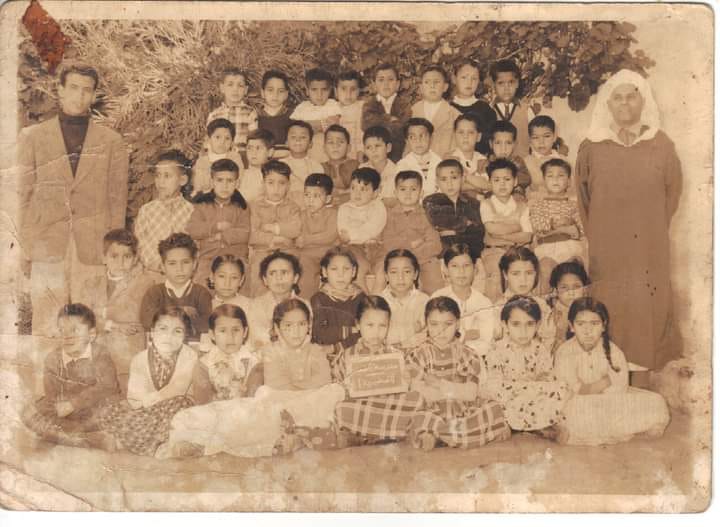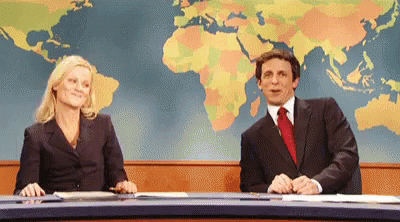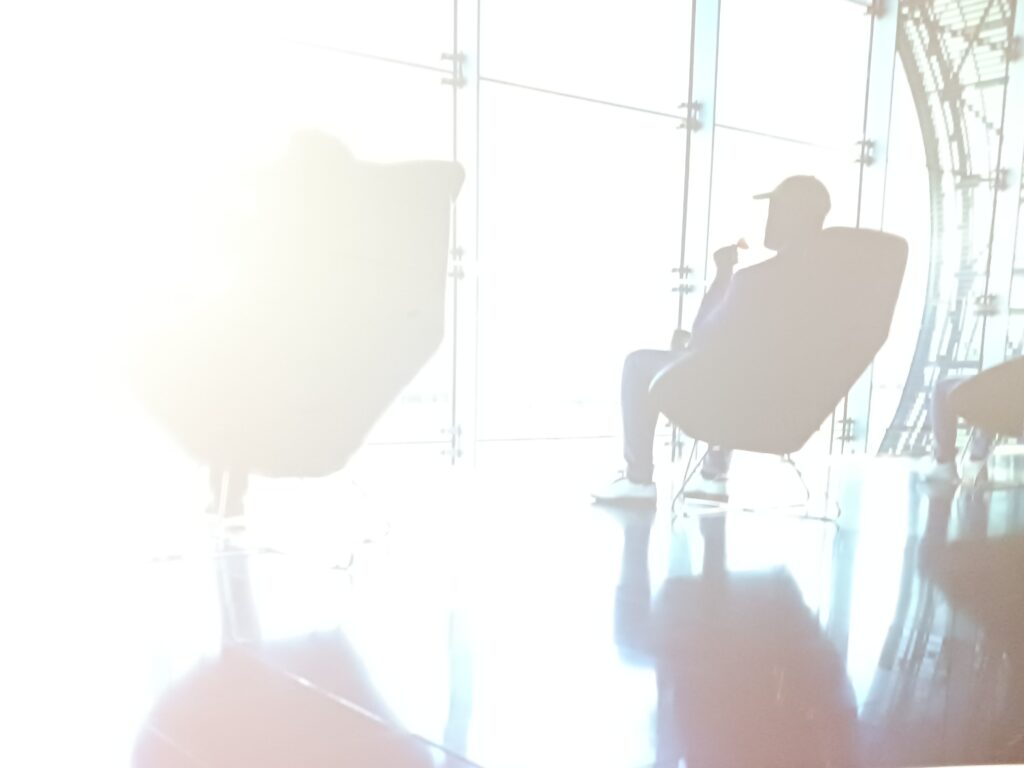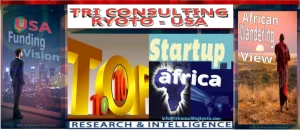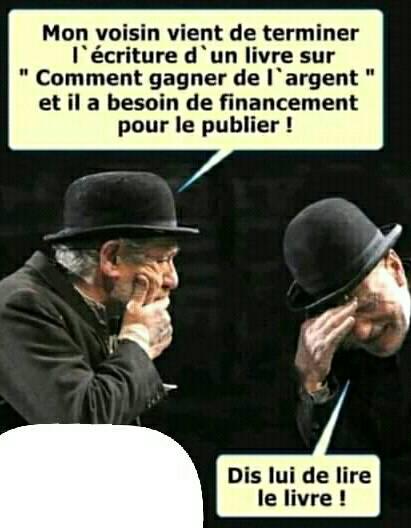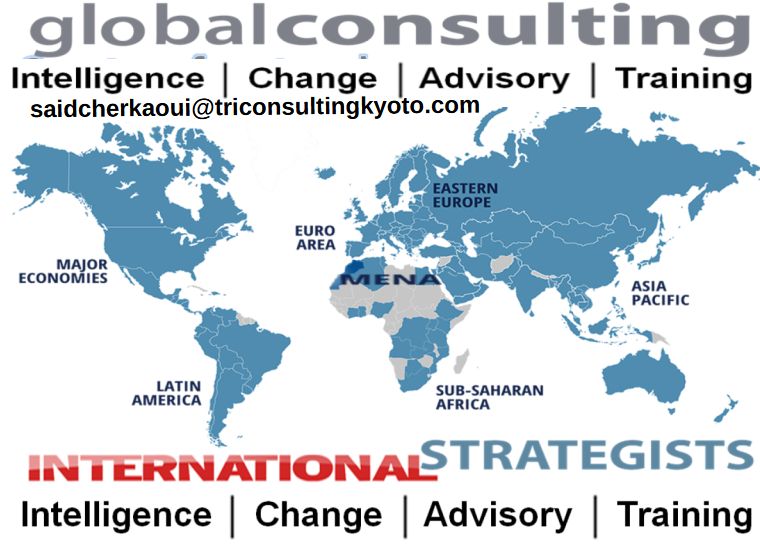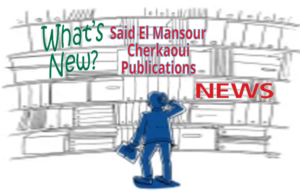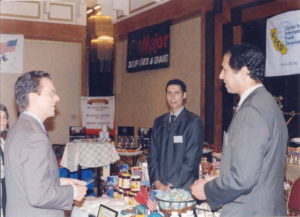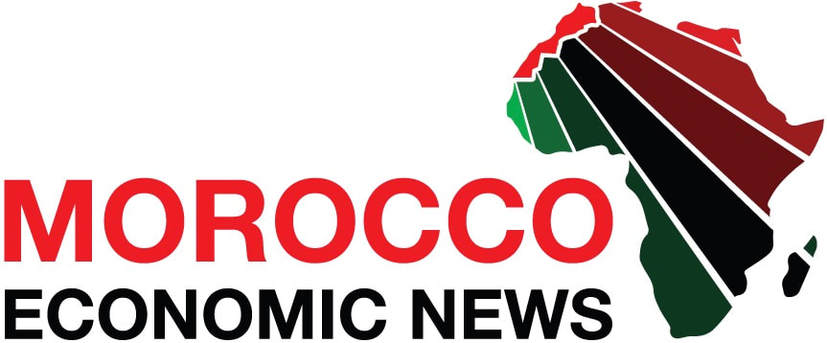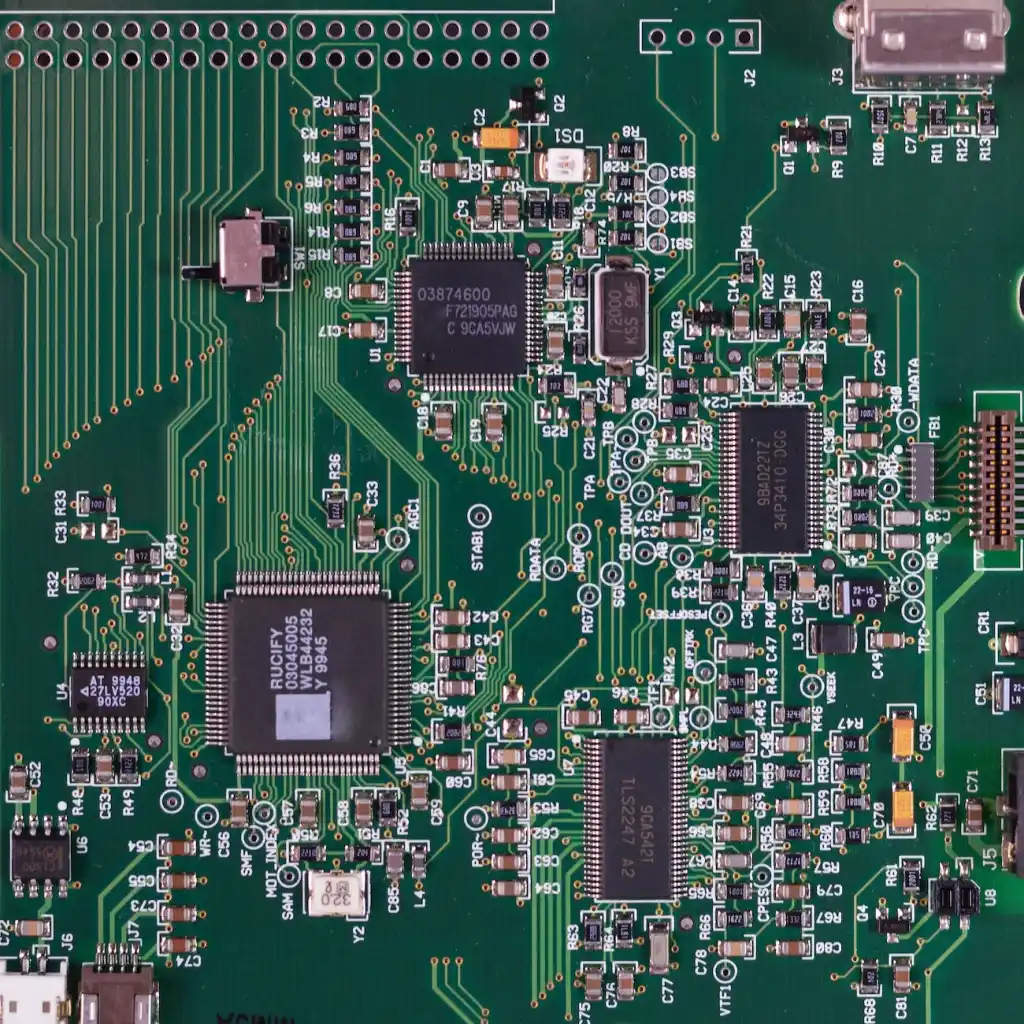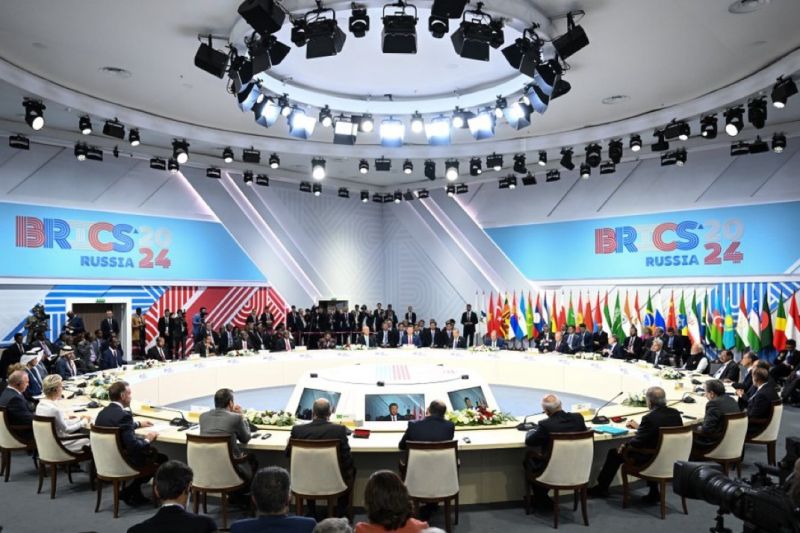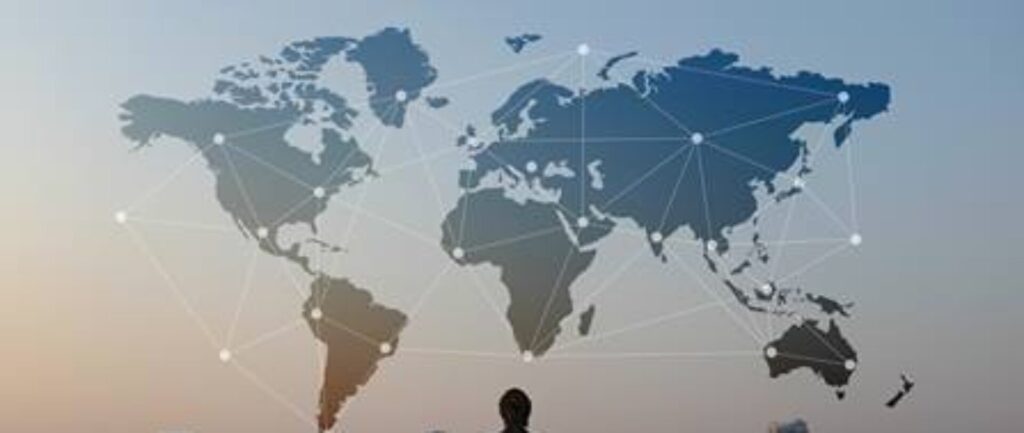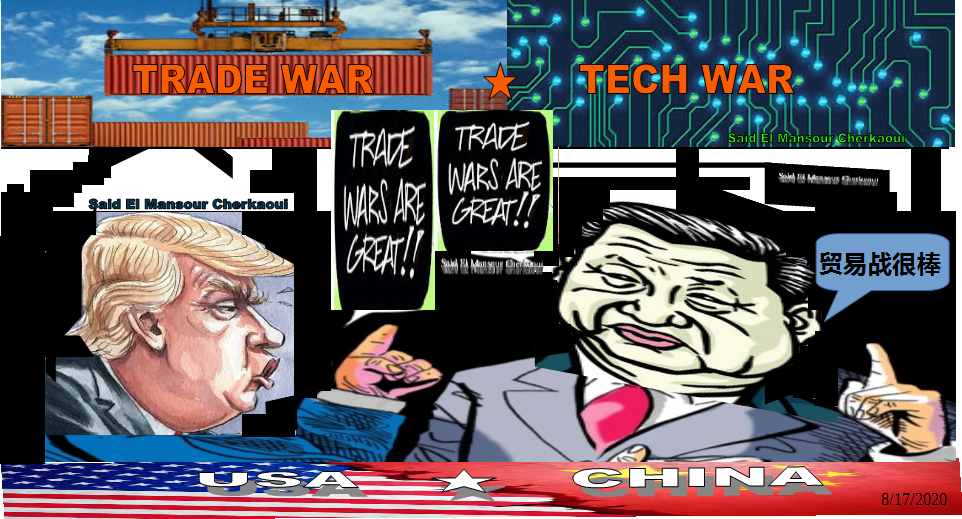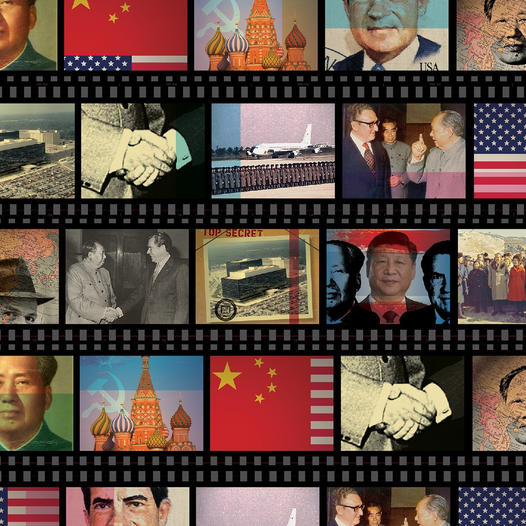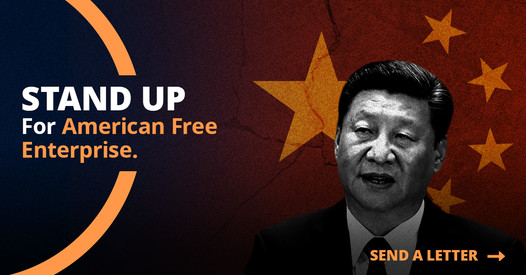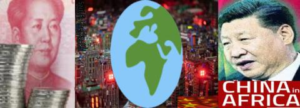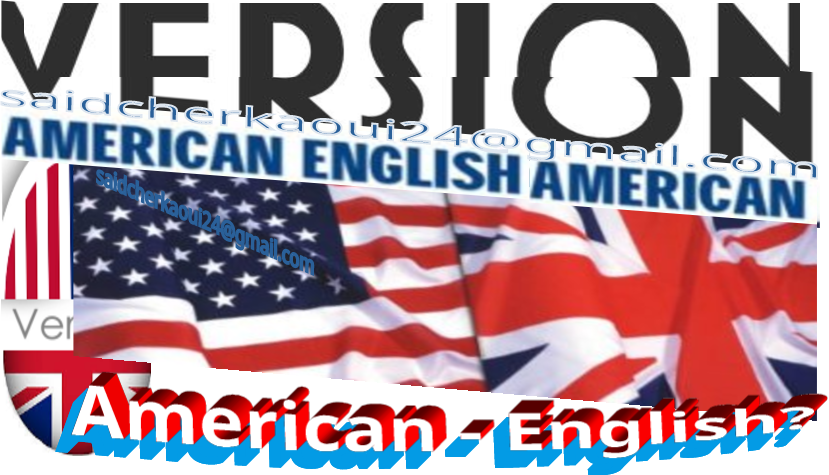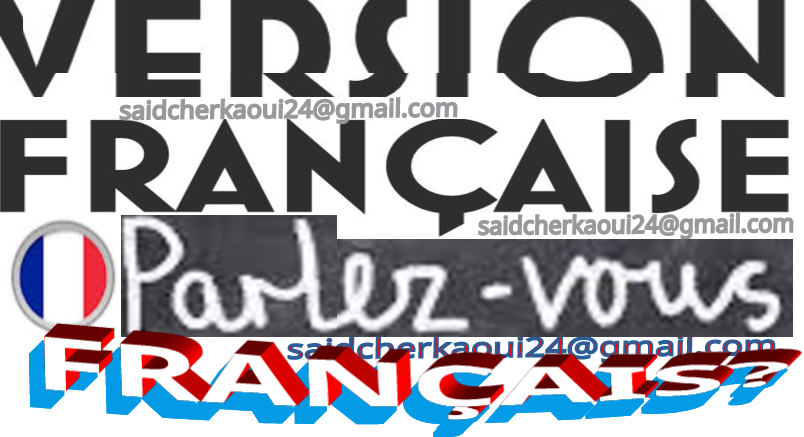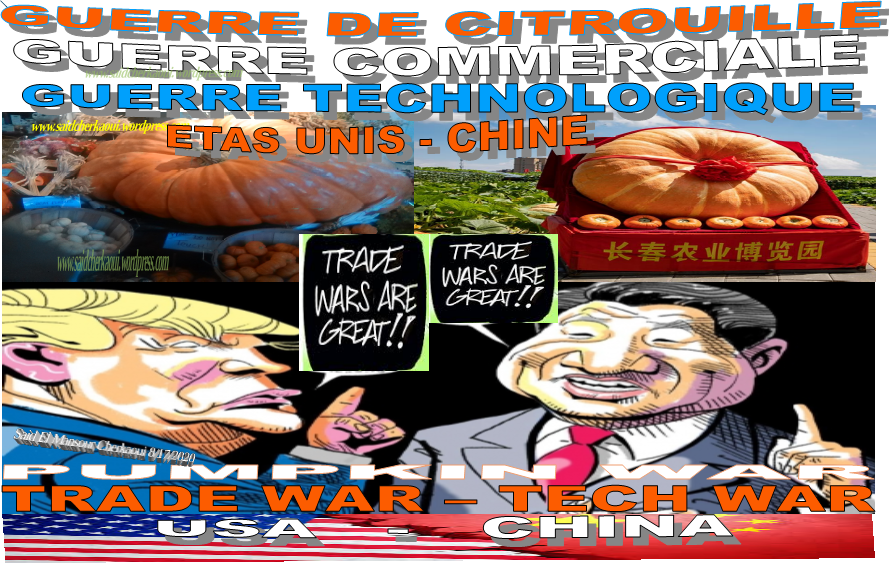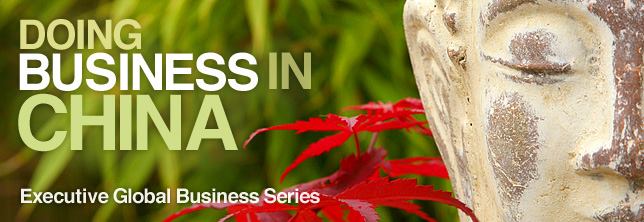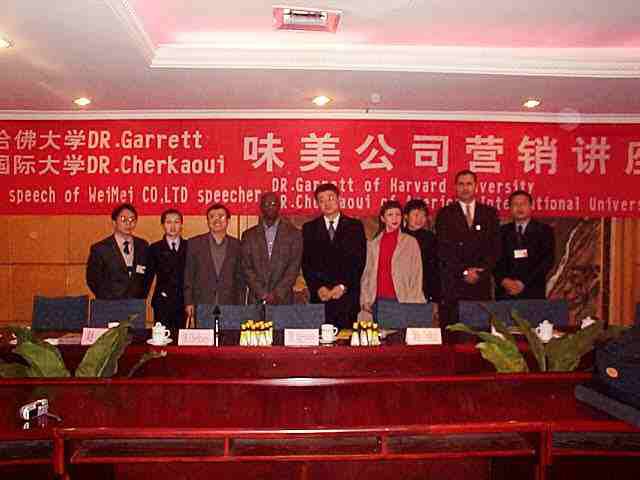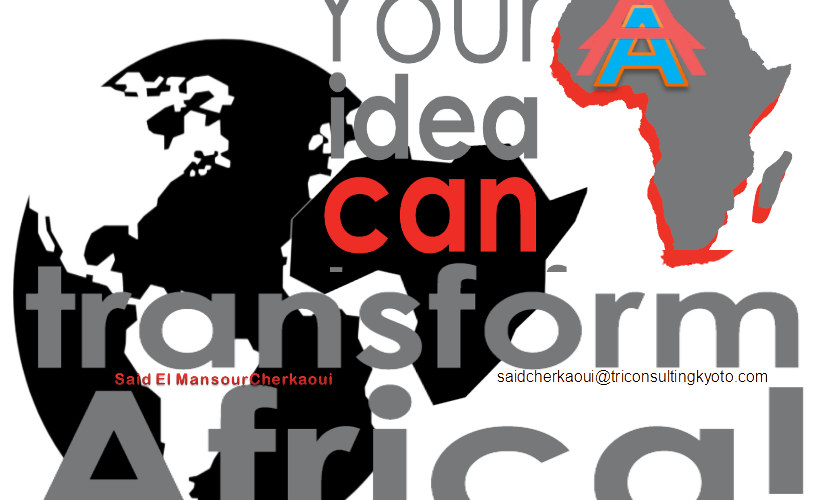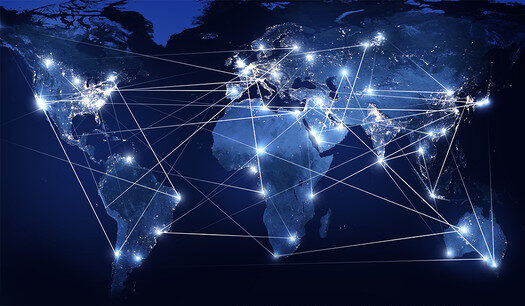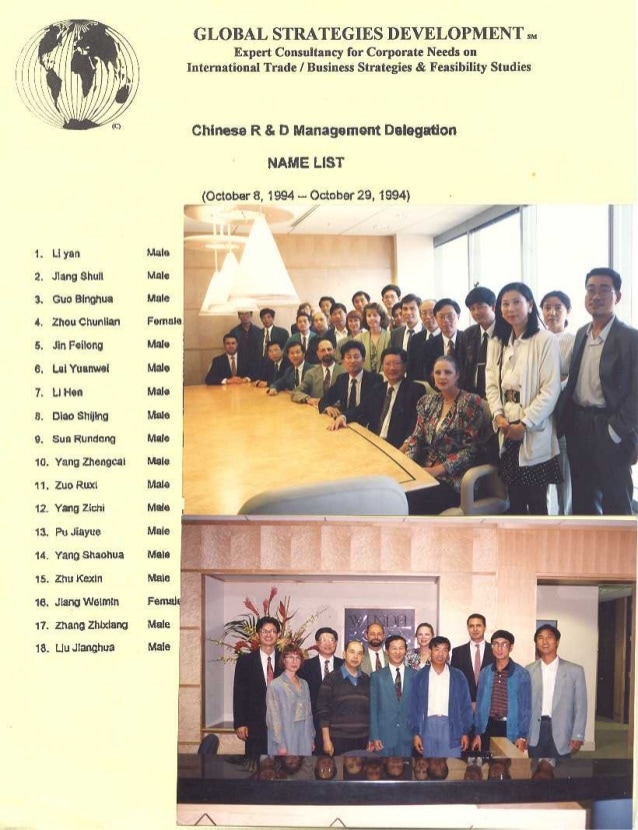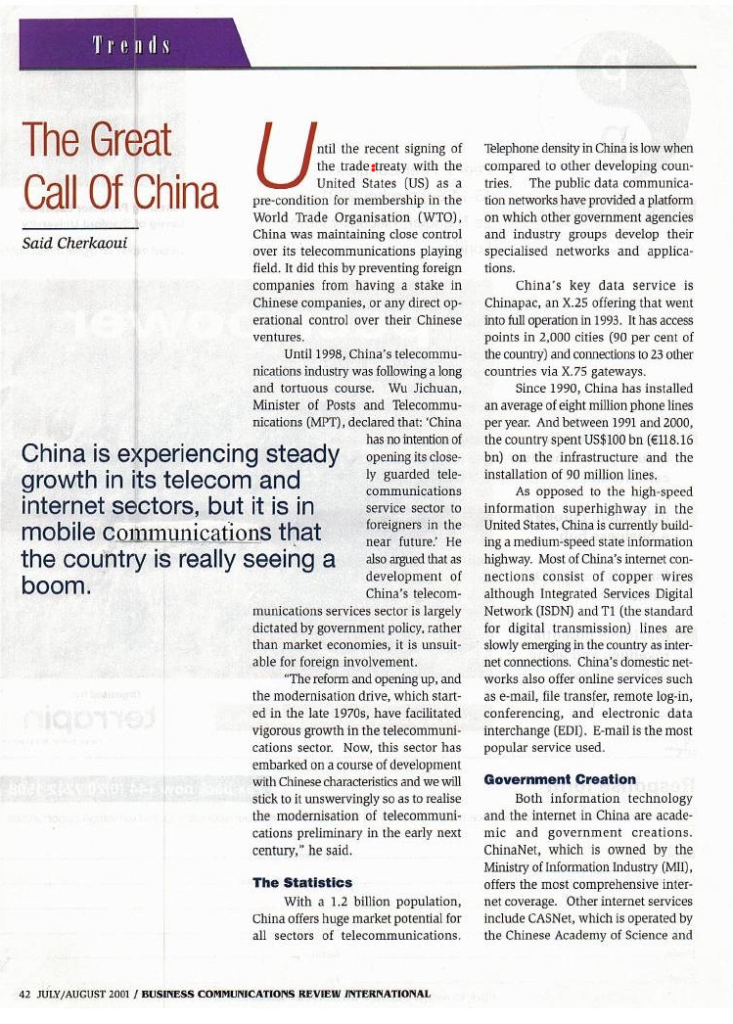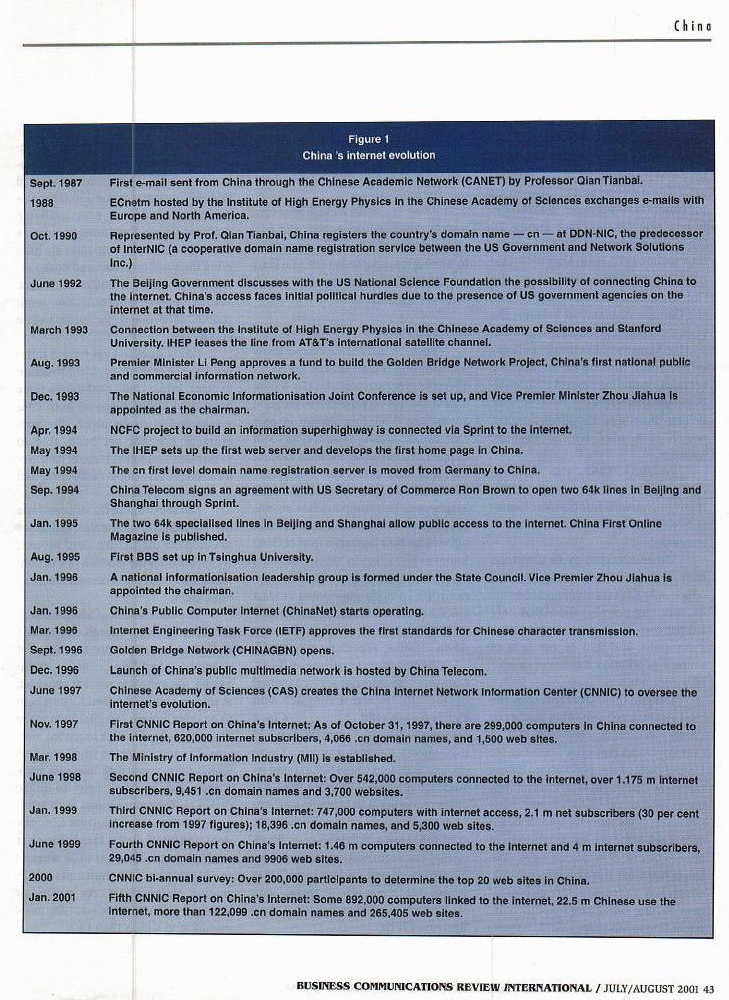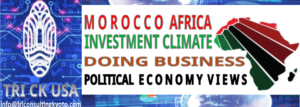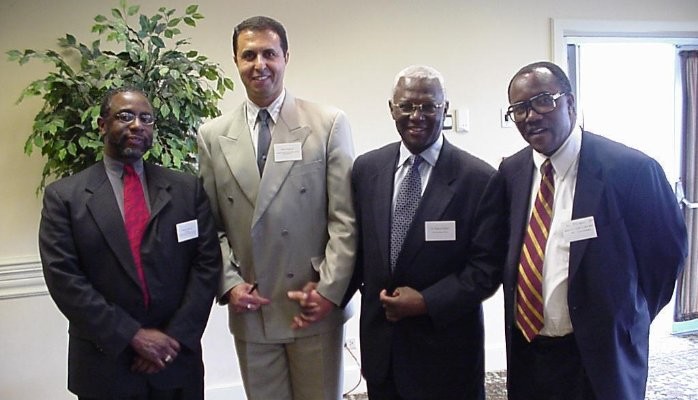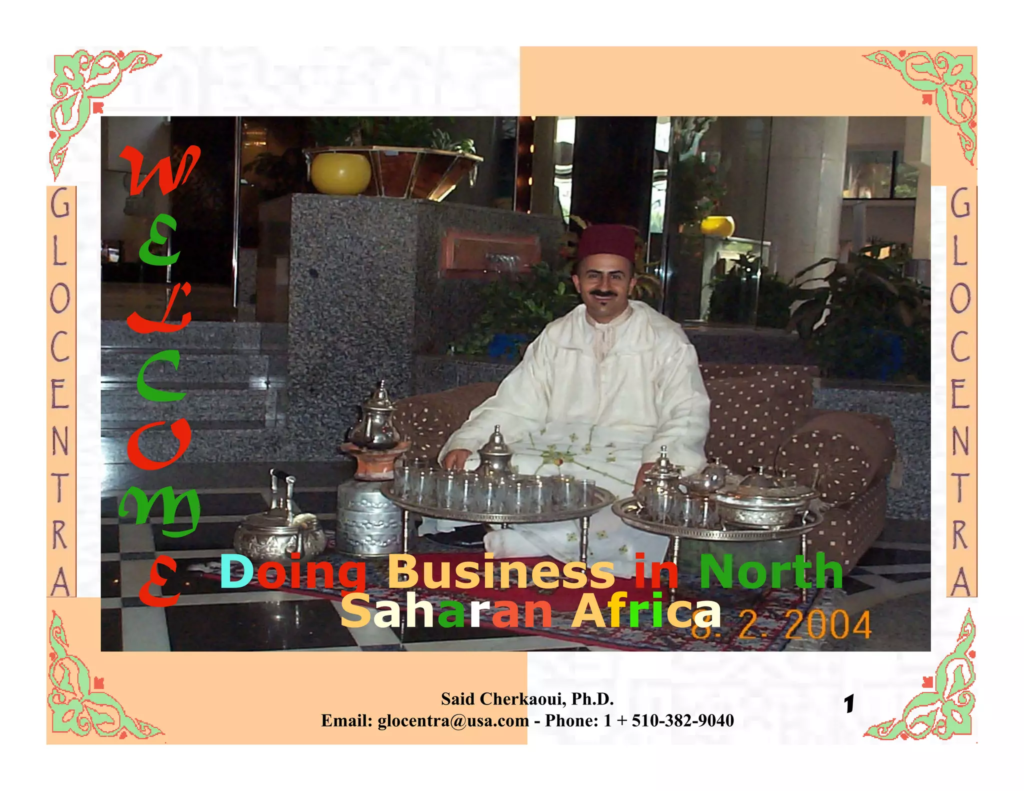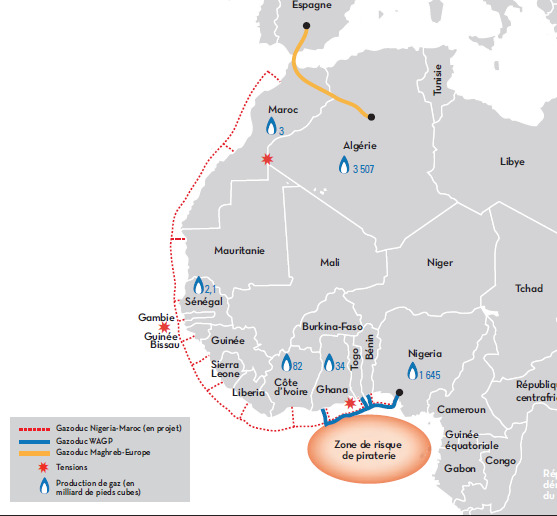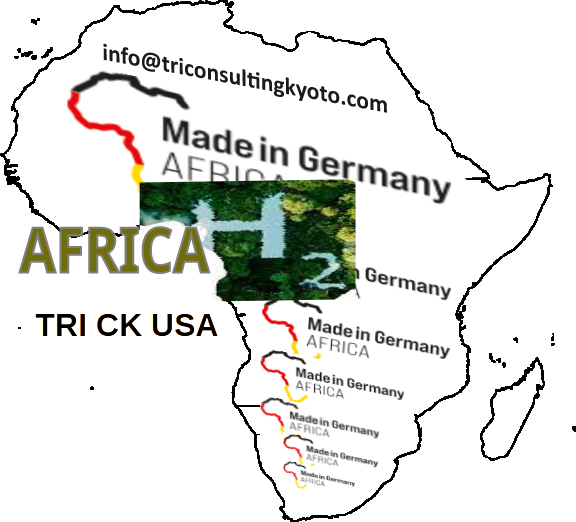First Moroccan Muslim Contractor of Public Transport in Early 1920 – Twenties of 20th Century: Moulay Ahmed Cherkaoui at 24 was the First Muslim Transporter in Morocco
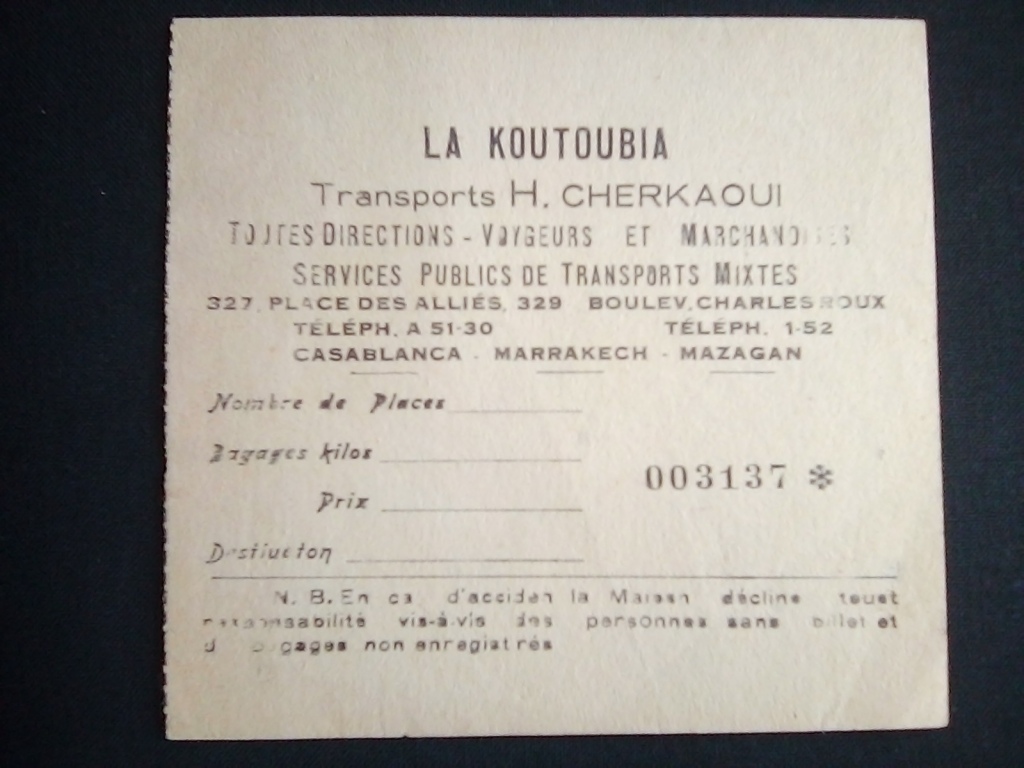
First Moroccan Muslim Public Transport Contractor All Directions
This Travel Ticket is from 1920
By Dr. Said El Mansour Cherkaoui
Son of Moulay Ahmed Cherkaoui
Father of Moulay Ahmed Cherkaoui
Said El Mansour Cherkaoui
PARENTAL HERITAGE OF MOROCCAN NATIONALISM
This is Haj Ahmed Cherkaoui All Directions Transport Ticket bears the title of Haj which represents the time after Moulay Ahmed Cherkaoui’s return from Cairo, Jeddah, Mecca, Damascus, Amman, and Baghdad which he had visited in 1924 – 1929, and this travel ticket dates from 1930
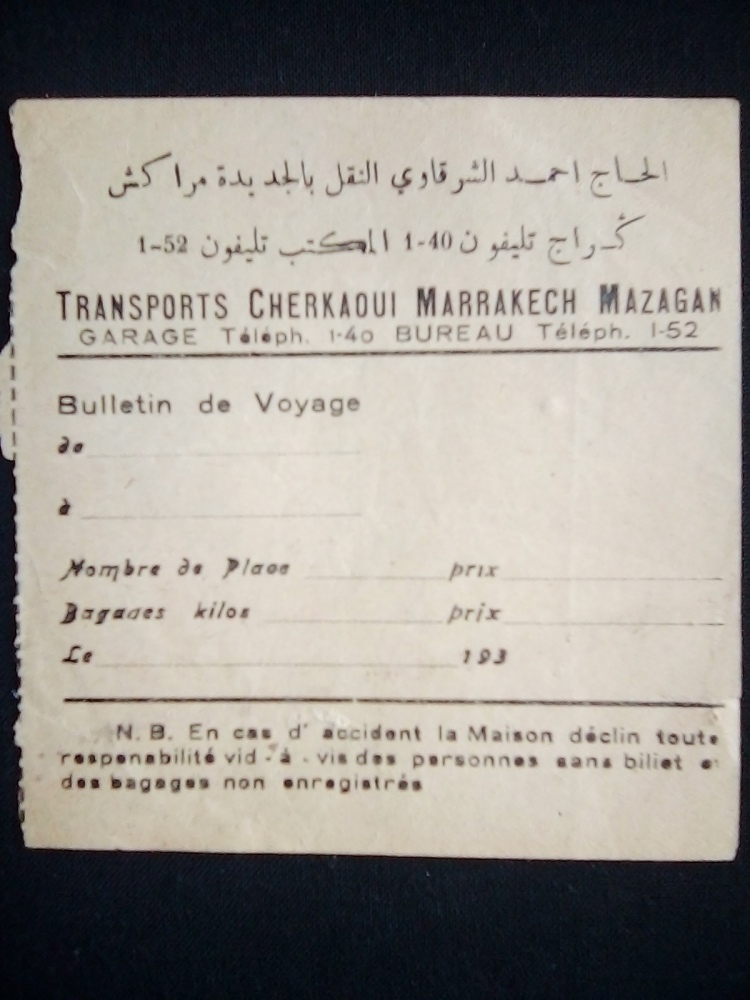
LA KOUTOUBIA – TRANSPORT CHERKAOUI ALL DIRECTIONS IN MOROCCO – 1924 – Until this a Transport Agreement between El Jadida and Marrakech Still exists with the Name of Cherkaoui
For those who claim to have financed the construction of the Medrassa Hassaniya – it is like the popular expression that says:
If the peach could heal it would first have healed its own evil which is the worm living in it.
Maatawine, Sid Maata Wa Attah Allah, from the Cherkaoui branch of Marrakech exiled from the Zaouia of Boujad. The Fakhda Cherkaoui of Marrakech was the most revolutionary, it was the direct ally of the Zaouiya Dillaiya /
Viva Marruecos – Viva Marroquinos y Viva 6 November – Nos Otros Dia
Buenas Dias Marruecos y Happy Day por nuestra Soberanía Territorial e Integración Nacional con nuestras Provincias del Sur. The initial publication of mi photo fue el 6 de noviembre de 2015, que es los 40 años par la celebración de un fiesta nacional marroquí para la recuperación de nuestras provinces del sur y nuestra dignidad nacional. Esta publication de mi foto del 6 de noviembre de 2017 es los 42 años par la celebración de un fiesta nacional marroquí para la recuperación de nuestras provinces del sur y nuestra dignidad nacional. 42 años y miles de años por come si no más para celebrar nuestra dignidad como One Nation, One People et One Marruecos de las olas del Mediterráneo Orillas a las Dunas de las Arenas y la Costa Atlántica:

Viva Marruecos – EL MANSOURES DOUKKALAIS MORRO
Premier Marocain Musulman Entrepreneur des Transports en Commun en 1920
Continuer de lire: Militant pour l’Indépendance du Maroc: Moulay Ahmed Cherkaoui – Moulay Ahmed Cherkaoui a 24 ans fut le Premier Transporteur Musulman au Maroc
My celebration in Spanish of our recovery of our Moroccan Sahara from its occupation by the Spanish colonialist state.
I let you imagine the happy song I was singing at that time. As my Sister said, we inherited the active nationalist spirit of our Father Moulay Ahmed Cherkaoui who asked the Ministry of Transport and Mining Services to grant him a public transport license to open a direct line to the Sahara Moroccan by linking Casablanca Sidi Ifni / Tarfaya and the Moroccan Sahara and that during the forties and fifties of the last century.
Moulay Ahmed Cherkaoui had a vision of Moroccan territory before the time of liberation, he projected freedom of movement for Moroccans and wanted to be the vehicle for crossing borders beyond the colonial barriers that fragmented Morocco.
Moulay Ahmed Cherkaoui owned and operated all-direction intercity travel transportation licenses in Morocco linking the north occupied by the Spanish protectorate with the middle of Morocco occupied by the French protectorate. Thus Moulay Ahmed Cherkaoui established a kind of rapprochement that represented for him the opportunity to show his nationalist temperament and contribute to maintaining the link between the two colonized Morocco and its citizens.
Moulay Ahmed Cherkaoui always considered Morocco as indivisible and he also did so by visiting all Sufi Zawiya and Marabout to celebrate their births with the faithful which was also an opportunity to cement ties and relationships with believers in the independence movement and rekindle the spirits around those Saints who were once Mujahideen, including those of the Zawiya of his ancestors, the Cherkawiya of Boujad and surrounding towns.
Ahmed Balafrej and my father Moulay Ahmed Cherkaoui were close friends who started in Cairo, Egypt in 1927 and they embarked on many later interactions together. Balafrej was a name that I heard regularly in our house like those of other resistance fighters and nationalists from the first hour of the struggle. My father was behind the scenes a facilitator and organizer as well as a financier and helper of the independence movement in the cities where his company carried its operations which was the transport of travelers and goods and he was the first Moroccan Muslim who started in Morocco public transport services.
My Father’s buses were the carrier of mail, supplies of all kinds, and information for nationalists across Morocco, since my Father’s buses had a transport license which is “Transport Tous Directions – Transport pour All Directions” and this was given to my Father given that Morocco had insufficient infrastructure and few transport services in addition to many regions not being under the control of the French colonial administration and my Father could venture into such areas given his connections and reputation with local tribal leaders.
Similarly, Moulay Ahmed Cherkaoui, following the exile of Abdelkrim Khattabi, decided to travel to the Middle East between 1925 and 1930. Thus, Moulay Ahmed Cherkaoui, at the end of the Rif War, went to Cairo to contact Moroccan nationalists living or self-exiled in this city as well as Moroccan students at Azhar University.
Moulay Ahmed Cherkaoui met Ahmed Balafrej who has since become his friend until the advent of independence and Balafrej’s new governmental responsibilities. Also, Moulay Ahmed Cherkaoui financed the construction of a mosque/meeting center in Cairo for Moroccan students residing in the Egyptian capital, this construction brought them closer and Ahmed Balafrej and Moulay Ahmed Cherkaoui discussed together gave the idea to my Moulay Ahmed to build a school teaching Arabic for the children of the Moroccan people in El Jadida in Morocco, city of residence of Moulay Ahmed Cherkaoui.
Moulay Ahmed Cherkaoui’s journey toured the Middle East (Egypt, Palestine, Syria, Iraq, and the Arabian Peninsula) and personal encounters with Islamists and Sufis through his pilgrimages to Jerusalem, Mecca – Medina, Damascus, and Baghdad.
My whole family was a victim of reprisals from the French colonial authorities who sought to repress everything that represented a demand for independence, especially since the issue of Morocco was linked to that of Algeria and Tunisia.
My brother spent more than 2 years of forced labor in the Atlas Mountains
My own Father was thrown in prison and lost all his property and he was forced to transfer the little that was left in the name of my Mother and my brothers and sisters before I was born.
One of my Father’s cousins was shot in broad daylight in Marrakech, the same week was my Father’s imprisonment.
Also, my father had built a school to teach Arabic to the sons of the people in Mazagan–El Jadida, it was usurped by the Istiqlalians who manage it until now: Madrassa Hassania.
This Madrasa Hassania was the result of the meeting between my Father Moulay Ahmed Cherkaoui and Ahmed Balafrej in Cairo. My Father had financed the construction of premises in the Hay Maghariba next to the University of Azhar for Moroccan Students and refugees from the Rif War settled in Cairo (see photo: Moulay Ahmed Cherkaoui in Cairo, Egypt 1927- 1930).
This allowed the meeting between my Father and Balafrej who became Friends until Balafrej was swallowed up by his job in the Moroccan State and especially in the shenanigans of the usurpers of national power, the former collaborators / former Military of the regime of the Protectorate and the Istiqlalian usurpers.
For Moulay Ahmed Cherkaoui, all these activities have helped to strengthen awareness and ties between Moroccans to maintain contact between them and show their attachment to the ideal of restoring the legitimate right to the independence of the Kingdom of Morocco and the Sultanate of Morocco within a Single Morocco.
What I describe above is based on authentic documentation and actions taken directly by my Father Moulay Ahmed Cherkaoui, Rest Soul and Spirit in Peace in Jena among Saints and Benefactors
Said El Mansour Cherkaoui 7/11/2021
PARENTAL HERITAGE OF MOROCCAN NATIONALISM
November 6, 2015
My Celebration in Spanish of our Recovery of our Moroccan Sahara from its occupation by the Colonialist Spanish State.
I’ll let you imagine the happy song I was singing at that time.
As my Sister said, we inherited the active nationalist spirit from our Father Moulay Ahmed Cherkaoui who asked the Ministry of Transport and Mining Services to grant him a public transport license to open a direct line toward the Moroccan Sahara by connecting Casablanca Sidi Ifni / Tarfaya and the Moroccan Sahara and that during the forties and fifties of the last century.
Moulay Ahmed Cherkaoui had a vision of Moroccan territory before the time of liberation, he projected freedom of movement for Moroccans and wanted to be the vehicle for crossing borders beyond the colonial barriers that have fragmented Morocco. Moulay Ahmed Cherkaoui owned and operated travel transport licenses for intercity All Directions in Morocco connecting the north occupied by the Spanish Protectorate to the middle occupied by the French Protectorate.
For Moulay Ahmed Cherkaoui this kind of connection represented for him an opportunity to show his nationalist temperament. He has always considered Morocco as indivisible and he has also done it by visiting all the Soufi Zawiya and Marabout to celebrate their births with the followers which was also an occasion to cement ties and relations with believers in the movement of independence and the spirits of many of these Saints that were in the past Mujahideen, including the ones from the Zawiya of his ancestors Cherkawiya of Boujad and the surrounding towns.
Ahmed Balafrej and my Father Moulay Ahmed Cherkaoui were close friends that started in Cairo, Egypt in 1927 and they started together many interactions later on. Balafrej was a name I have heard regularly in our house like the ones of other resistants and nationalists of the first hour of the struggle. My father was behind the scenes a facilitator and organizer as well as a financier and helper of the movement of independence in the cities where his business carried out its operations which was the transportation of travelers and goods and he was the first Moroccan Muslim who started in Morocco the services of public transport.
My father’s Buses were the carriers of couriers, supplying all kinds and pieces of information for the nationalists around Morocco, given the buses of my Father had licence/agrements for transport that is “Transport Tous Directions – Transportation for All Directions” and this was given to my Father given that Morocco had insufficient infrastructure and few services for transportation in addition that many regions were not under control of the French colonial administration and my Father could venture into such regions considering his relations and reputation the local chiefs of tribes.
Furthermore, Moulay Ahmed Cherkaoui, following the end of the Rif War, traveled to Cairo to contact the Moroccan nationalists living or self-exiled in this city and the Moroccan Students at the Azhar University.
Moulay Ahmed Cherkaoui met Ahmed Balafrej who has since become his friend until the advent of independence and Balafrej’s new governmental responsibilities. Also, Moulay Ahmed Cherkaoui financed the construction of a mosque/meeting center in Cairo for Moroccan students residing in the Egyptian capital, this construction brought them closer and Ahmed Balafrej and Moulay Ahmed Cherkaoui discussed together gave the idea to my Moulay Ahmed to build a school teaching Arabic for the children of the Moroccan people in El Jadida in Morocco, city of residence of Moulay Ahmed Cherkaoui. Ahmed Balafrej was one of the first to encourage my father to build such a school since he had first taken classes in a school teaching Arabic in Rabat and his presence in Cairo where he met my father is the result.
Moulay Ahmed Cherkaoui financed the construction of a mosque/meeting center in Cairo for Moroccan students residing in the Egyptian capital.
Cairo city was founded by a related Moroccan Amazigh Dynasty, the Fatimids. Henceforth, Moulay Ahmed Cherkaoui, following the exile of Abdelkrim Khattabi, decided to travel to the Middle East between 1925 and 1930 .
In fact, my whole family was the victim of reprisals from the French colonial authorities who sought to repress everything that represented a demand for independence, especially since the issue of Morocco was linked to that of Algeria and Tunisia.
My brother spent more than 2 years of hard labor in the Atlas Mountains
My own Father was thrown in prison and lost all his property and he was obliged to transfer the little that remained in the name of my Mother and my brothers and sisters when I was not yet born.
One of my Father’s cousins was shot in broad daylight in Marrakech, the same week was my Father’s imprisonment.
Also, my father had built a school to teach Arabic to the sons of the people in Mazagan – El Jadida, it was usurped by the Istiqlalians who manage it until now: Madrassa Hassania.
This Madrassa Hassania was the result of the meeting between my Father Moulay Ahmed Cherkaoui and Ahmed Balafrej in Cairo. My Father had financed the construction of premises in the Hay Maghariba next to the University of Azhar for Moroccan Students and refugees from the Rif War settled in Cairo (see photo: Moulay Ahmed Cherkaoui in Cairo, Egypt 1927- 1930).
This had allowed the meeting between my Father and Balafrej who became Friends until Balafrej was swallowed up by his job in the Moroccan State and especially in the shenanigans of the usurpers of national power, the former collaborators / former Military of the regime of the Protectorate and the Istiqlalian usurpers.
Ahmed Balafrej is more than just a political figure, he was a Man of words and affection with a great sense of honor and loyalty qualities that become obsolete during the post-independence thanks to Politician Politics by multiplied by political parties.
Ahmed Balafrej found himself faced with continual opposition, antagonism, shenanigans and manipulations like what happen to Ghandi.
How our family knows Ahmed Balafrej, after the sudden death of Mohammed V, he resigned first from all the official duties and became close to Moulay Hassan II just to protect Him and Morocco against the foreign interests still holding strong hands on Morocco through the descendants of the collaborators with the French Protectorate.
Morocco at that the time of the sudden death of Mohammed V who was the symbol of liberation of Morocco and the promoter of liberation of other surrounding african nations which added more oil on the fire set by the Neo-colonialists and the new rising elites coming from the Kissariates and formed in Grandes Ecoles of Bordeaux and Paris. Similar social conditioning happen later in Iran with the Bazaars and their sons in Europe who became the rulers topping the Shah.
Ahmed Balafrej tried to save Morocco from such undermining from inside which ended up by the jailing of his own son by whom, an ex-capitain of the Colonial French Army, who became l’Homme Fort du Maroc, General Oufkir. More to say about this.. later on.
For Moulay Ahmed Cherkaoui, all these activities have helped to strengthen awareness and ties between Moroccans with the aim of maintaining contact between them and showing their attachment to the ideal of restoring the legitimate right to the independence of the Kingdom of Morocco and the Sultanate of Morocco within a Single Morocco.
What I describe above is based on authentic documentation and actions taken directly by my Father Moulay Ahmed Cherkaoui, Rest Soul and Spirit in Peace in Jena among Saints and Benefactors
Said El Mansour Cherkaoui 7/11/2021
Illustrations:
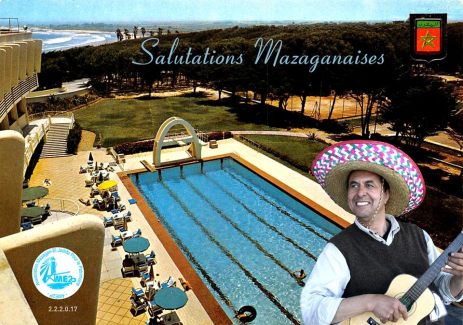
El Mariachi Marroqui Said El Mansour Cherkaoui. This publication of mi foto el 6 de noviembre de 2015 es de cuarenta años para la celebración de un fiesta nacional marroquí para la recuperación de nuestras provinces del sur y nuestra dignidad nacional. Esta publication de mi foto del 6 de noviembre de 2017 es los 42 años par la celebración de un fiesta nacional marroquí para la recuperación de nuestras provinces del sur y nuestra dignidad nacional. This publication of my picture on 6 November 2015 is forty years for the celebration of a national moroccan fest for the recovery of our southern provinces and our national dignity.This publication of my picture on 6 November 2017 is the 42 years for the celebration of a national moroccan fest for the recovery of our southern provinces and our national dignity.
Said El Mansour Cherkaoui
November 6, 2015 El Jadida, Morocco
Ahmed Balafrej
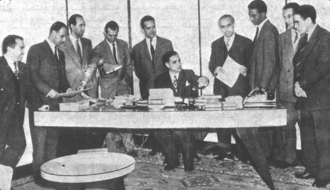
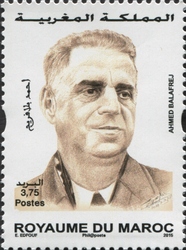
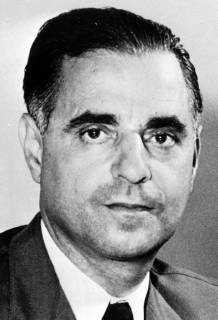
AHMED BALAFREJ A MOROCCAN FOREIGN AFFAIRS MINISTER /; 16 FEBRUARY 1963, Copyright: Topfoto PUBLICATIONxINxGERxSUIxAUTxONLY UnitedArchivesIPU451402

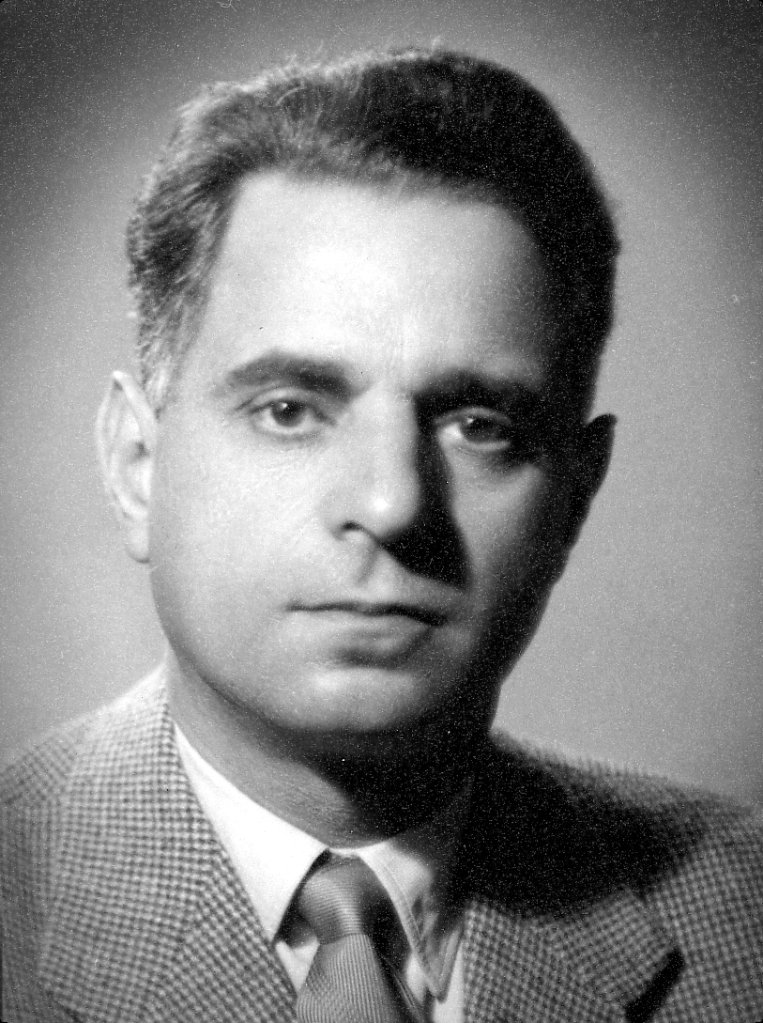
Moulay Ahmed Cherkaoui in Cairo, Egypt 1927-1930
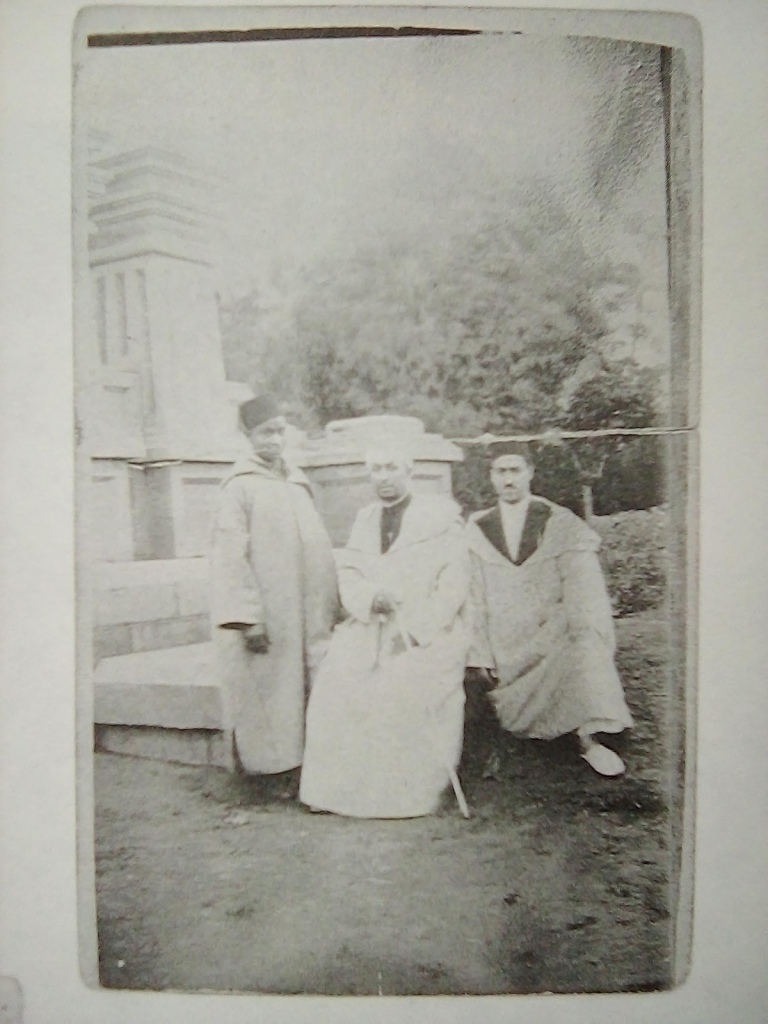
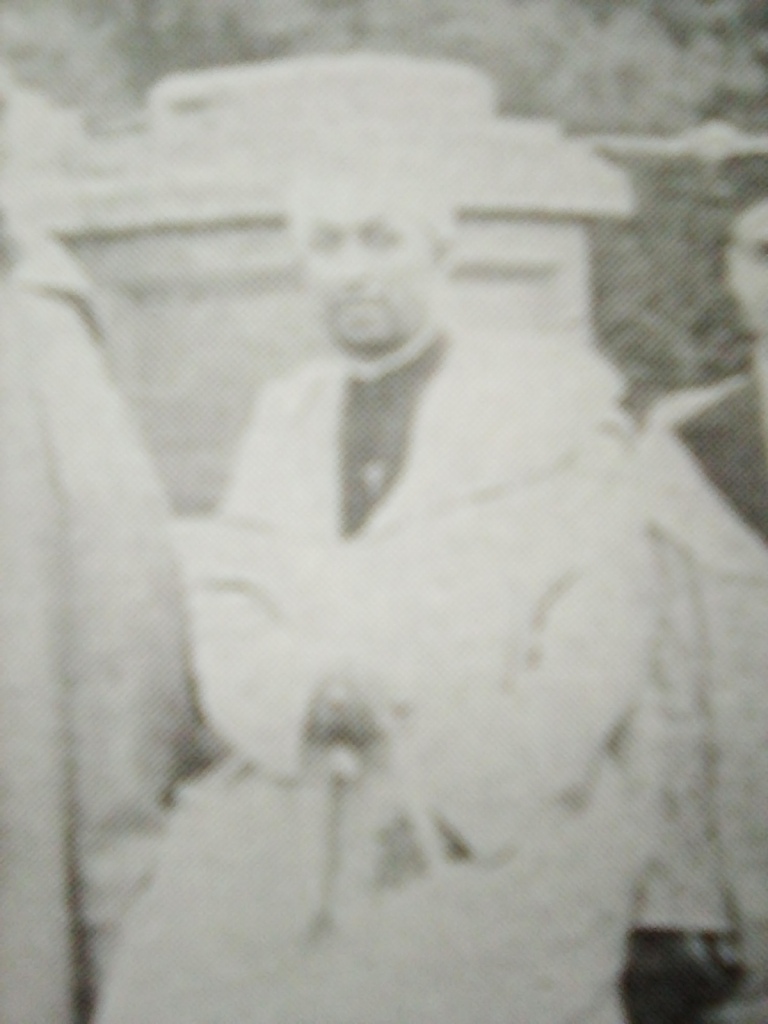
Moulay Ahmed Cherkaoui – 1930 –
Passport photo of his trip to Egypt, Cairo, Jerusalem – Quods, Baghdad, Damascus and Hijaz
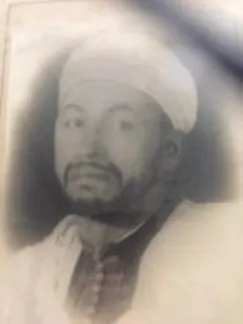
My Father Moulay Ahmed Cherkaoui owned the same kind of buses shown in this video and in 1925 by British Ship from Gibraltar passing through Port Said to Jeddah and driving to Mecca for the pilgrimage of Al Haj
After touring the other sacred sites in Jerusalem, Bilad Sham – Greater Syria, Baghdad and Cairo, Haj Moulay Ahmed Cherkaoui came back to Morocco in 1930 by British Ship to Tangier.
Here an account of such voyage presented in this link and the picture of my Father is the one of his passport that he used at that time and the bus pictured in this link are similar to the one shown in the video:
https://lnkd .in/gHbRBTZt
We appreciate your thought sharing with us a memory that is ours too.
French version:
Moulay Ahmed Ben Haj Madani Cherkaoui
Our Father Moulay Ahmed Ben Haj Madani Cherkaoui, beside Laghzawi, he was the first entrepreneur in the intercity transportation ventures and in other related and complementary sectors. A Moroccan Nationalist, a Benefactor and Contributor in the development of knowledge and education to enable the emergence from disfranchised social classes of new vanguard leadership of Moroccan with regional, national and international outreach. He envisioned and invested in schooling and housing as well as in providing jobs to the parents to reach such goal and all this way before the independence of Morocco.
Moulay Ahmed remains a pioneer with a constructive vision and an advocate of national and regional development seeking to advance the transportation system and the construction of railroads connecting El Jadida and Marrakech and other neighboring towns and peripheral cities to lay down the ground for the needed infrastructure needed to unlock the enclaves and to facilitate the regional integration that were increased by the French Government Policy of concentrating on certain cities and their connection with the maritime facade.
Other attributes and contributions of Moulay Ahmed Cherkaoui in reducing poverty and the considerable support he had deployed in the mid-forties to limit the spread of contagious diseases that have affected large sections of the countryside populations and entire regions. Additionally, Moulay Ahmed Cherkaoui devoted large part of his fortune to charitable work and direct logistical support that all directly benefited the nationalistic movement of independence and its own funding members.
Moulay Ahmed Cherkaoui has also developed a network that span from Morocco to Iraq by meeting with the Moroccan Students living in Egypt, Palestine, Iraq and Mecca, for the aim to develop an awareness and support as well as local ramifications for the national question of independence .
All these involvements of Moulay Ahmed Cherkaoui will need one day the publication of several volumes.
Said El Mansour Cherkaoui is in Mazagan, El Jadida, Maroc – Morocco
Our Father – Our Father: Moulay Ahmed Cherkaoui
Since the beginning of 1920’s, my Father rolled over many roads with motorcycles, buses and cars over unpaved and paved roads in Morocco and myself since 1962 I rolled my body mechanics on several roads of Morocco and this world.
Said El Mansour Cherkaoui – June 2, 2014 Version
française
Our Father Moulay Ahmed Ben Haj Madani Cherkaoui, beside Laghzawi, he was the first entrepreneur in the intercity transportation ventures and in other related and complementary sectors. A Moroccan Nationalist, a Benefactor and Contributor in the development of knowledge and education to enable the emergence from disfranchised social classes of new vanguard leadership of Moroccan with regional, national and international outreach. He envisioned and invested in schooling and housing as well as in providing jobs to the parents to reach such goal and all this way before the independence of Morocco.
Moulay Ahmed remains a pioneer with a constructive vision and an advocate of national and regional development seeking to advance the transportation system and the construction of railroads connecting El Jadida and Marrakech and other neighboring towns and peripheral cities to lay down the ground for the needed infrastructure needed to unlock the enclaves and to facilitate the regional integration that were increased by the Colonial French Government Policy of concentrating on certain cities and their connection with the maritime facade.
Other attributes and contributions of Moulay Ahmed Cherkaoui in reducing poverty and the considerable support he had deployed in the mid-thirties and forties to limit the spread of contagious diseases that have affected large sections of the countryside populations and entire regions. Additionally, Moulay Ahmed Cherkaoui devoted large part of his fortune to charitable work and direct logistical support that all directly benefited the nationalistic movement of independence and its own funding members.
Moulay Ahmed Cherkaoui has also developed a network that span from Morocco to Iraq by meeting with the Moroccan Students living in Egypt, Palestine, Iraq and Mecca, for the aim to develop an awareness and support as well as local ramifications for the national question of independence .
All these involvements of Moulay Ahmed Cherkaoui will need one day the publication of several volumes.
1930 – 1940, Public Transport Cars of Moulay Ahmed Cherkaoui Mazagan = Marrakech and Mazagan = Casablanca [Go and Return],
Bus station built in Mazagan on initiation and support of Moulay Ahmed Cherkaoui
Ahmed Cherkaoui – “Red Talisman”, painting made in Paris in 1967
Panhard Levassor – 1935
__________________________ _______________________________
Said El Mansour Cherkaoui – June 2, 2014 Said El Mansour Cherkaoui – October 31, 2017
Transport CHERKAOUI – All Directions:
Telephone number: 1-44
First Moroccan-Muslim Entrepreneur and Pioneer of Public Transport in Morocco
Moulay Ahmed Ben Haj Madani Cherkaoui
Our Father, Our Friend, Our Maalem – Professional Master, Our Internship Master and Our First Course of Thought: Moulay Ahmed Ben Haj Madani Cherkaoui.
From Jerusalem, this holy city for all of us, my Father Haj Moulay Ahmed Cherkaoui continued his journey to the countries of Greater Syria at the time in order to visit the great schools of Eastern Sufism.
One of the links in the heritage of the Tarika Cherkawiya fi Tassawouf was and remains for me, my own Father, of whom here is a quick outline of an existence which respected the attributes of the Cherkawa and that in the covered space as well as in the correspondence of the generosity offered.
Here is a brief introduction of one of the pillars of this tradition from a lost Zaouia the flat country of Tadla and covering the foot of the Atlas and serving as a place of a “Feline” Sufism without borders, mountains or oceans , just a spiritual connection transcending the limits of the very Being to make the invocation of the Wahid Ahad an infinite love without limit.
Moulay Ahmed Cherkaoui …..to preserve this heritage, my own son has the same first and last name:
Moulay Ahmed Cherkaoui – 1930 –
Passport photo of his trip to Egypt, Cairo, Jerusalem – Quods, Baghdad, Damascus and Hijaz
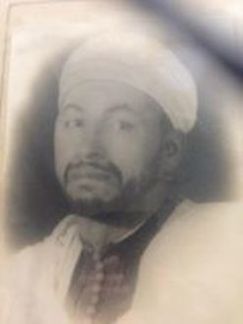

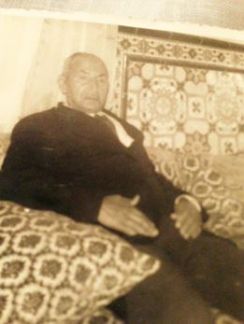
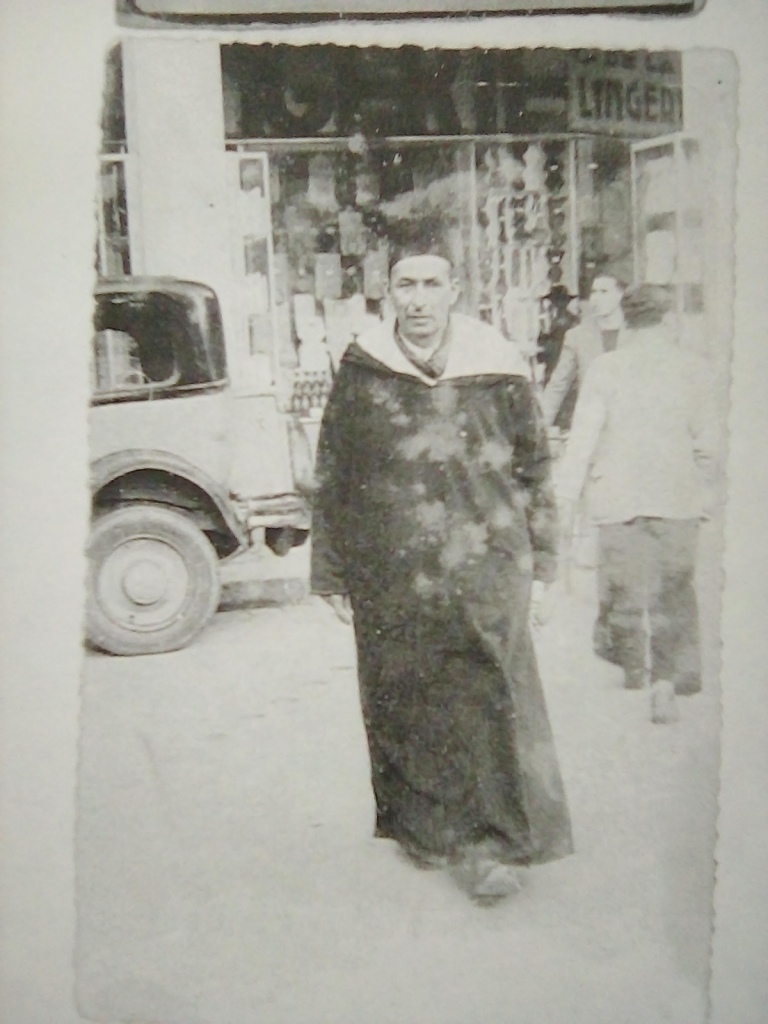
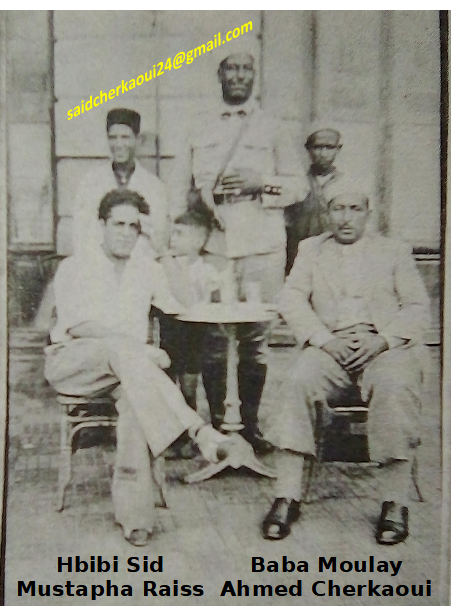
Passport photo of his trip to
Egypt, Cairo, Jerusalem – Quods, Baghdad, Damascus and Hijaz
This trip was partly for the outward journey with and in the company of Moulay Said Bencherki, his best friend and “brother-in-law” by marital relationship was his companion in Egypt and Mecca. Subsequently, Moulay Ahmed Cherkaoui continued his journey to Damascus and Baghdad and back via Port Said to take the English boat which dropped him off at Gibraltar and then Tangier.
Moulay Ahmed Cherkaoui Trip to the Middle East
1930 – 1935, duration of the holy journey among the saints and for the holy places
Photo of the Moroccan Passport of Moulay Ahmed Cherkaoui taking the sea in an English boat for:
– Alexandria and Port – Said, and Jeddah through the Suez Canal.
Thereafter, by car to Hay Al Maghariba and Al Azhar, Cairo,
– Jeddah, by car to Mecca, Madina Mounawara,
– By car to Jerusalem – Takdisse and visit of Bab Maghreb / Mourrakesh,
- by car to Damascus, the capital of the Umayyads and Sufis of the Ottoman East
– By car to Baghdad – Tassaouf to Moulay Abdelkader Jilali.
His Son: Moulay Said – Said El Mansour Cherkaoui 2017
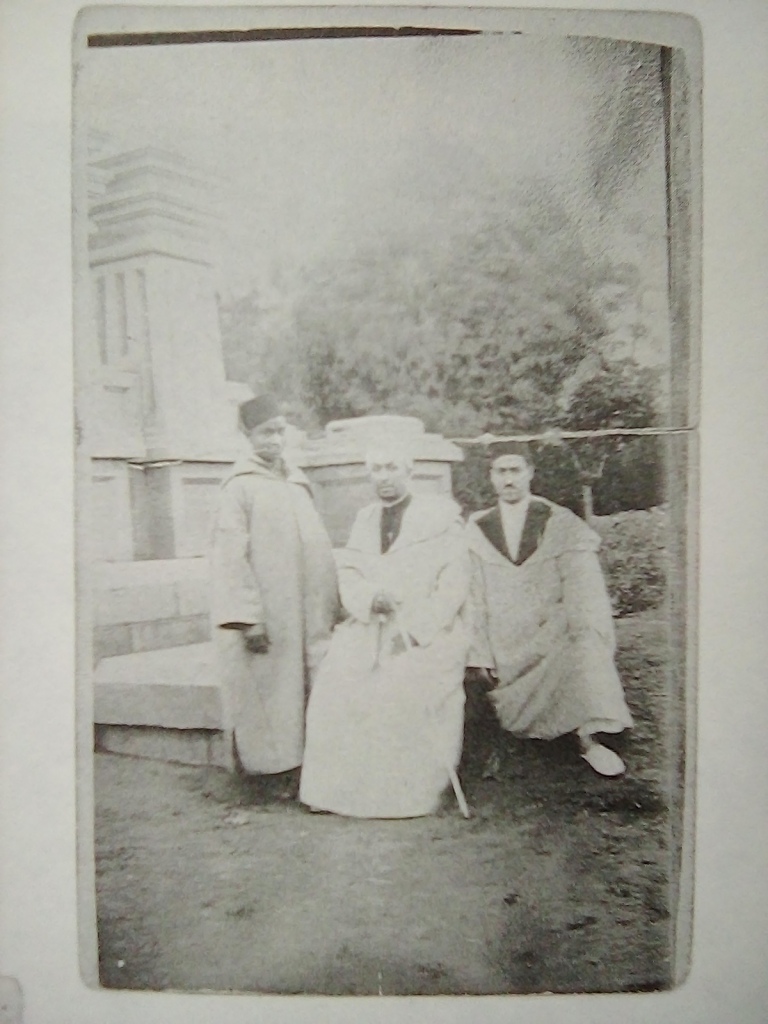

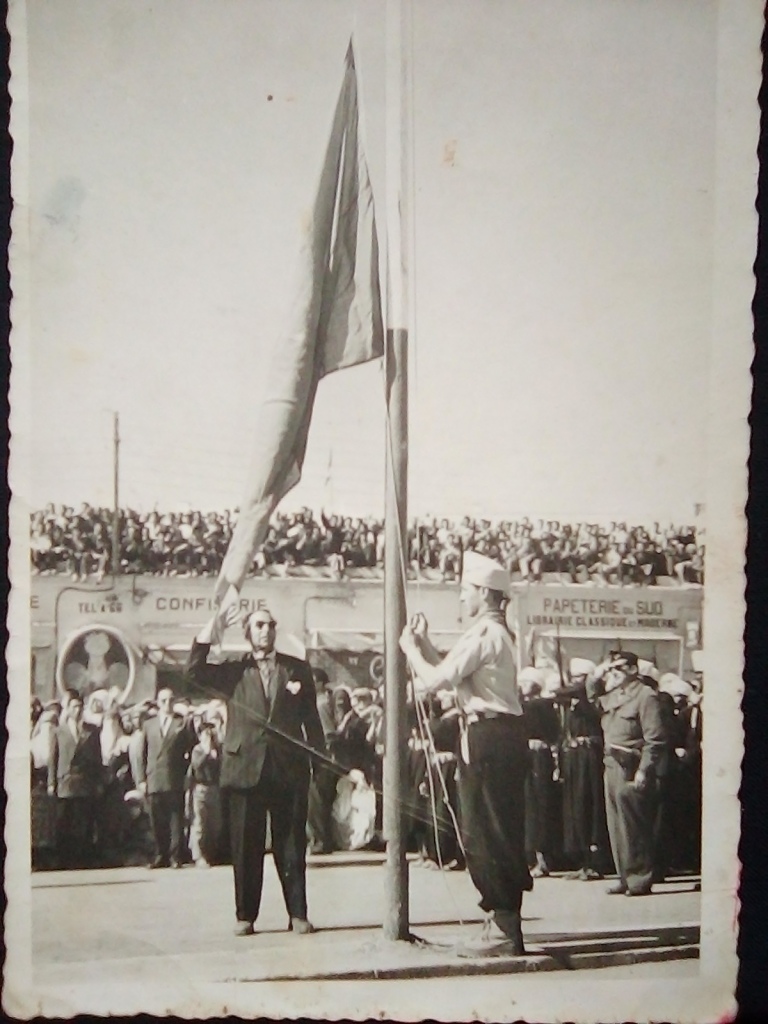


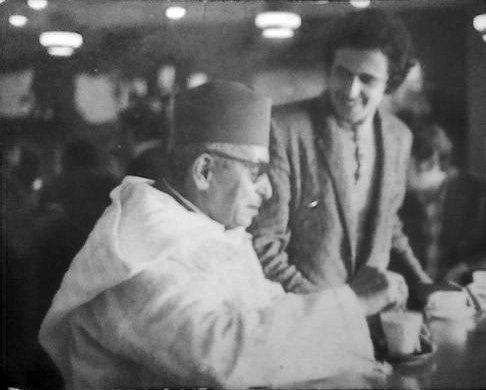
LA KOUTOUBIA TRANSPORTS H. CHERKAOUI
CASABLANCA MARRAKECH MAZAGAN
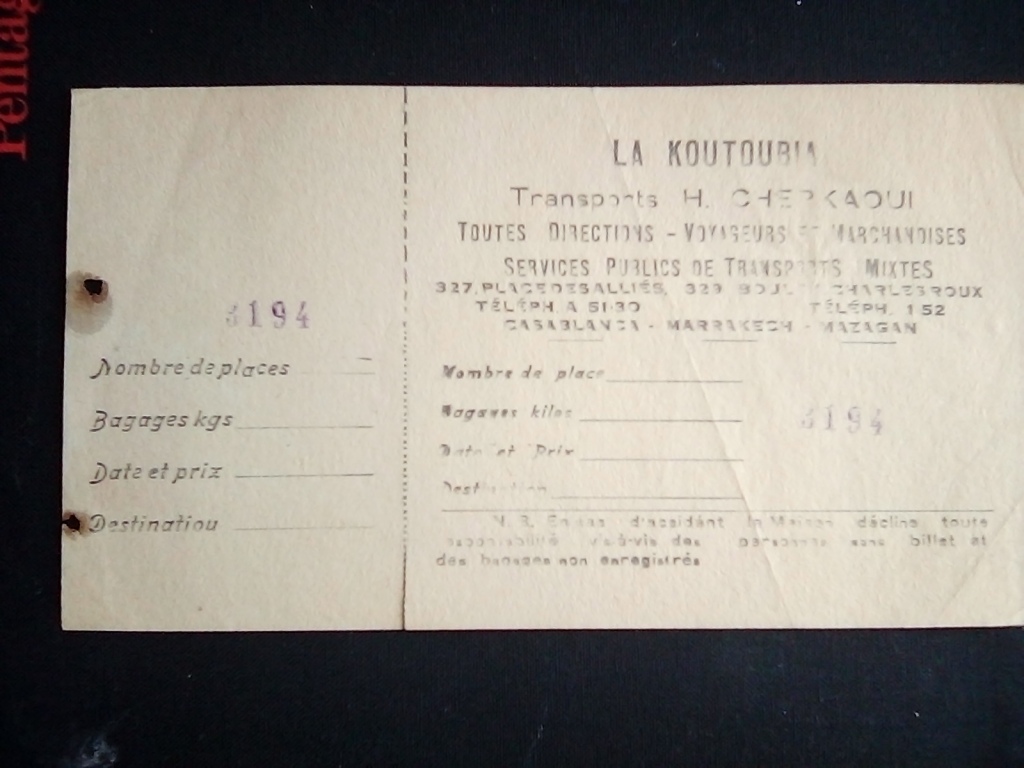
LA KOUTOUBIA TRANSPORTS H. CHERKAOUI CASABLANCA MARRAKECH MAZAGAN


TRANSPORS CHERKAOUI MARRAKECH MAZAGAN – 1930 –
Moulay Ahmed Ben Haj Madani Cherkaoui, apart from Laghzaoui, he was the first entrepreneur in public transport and in other corresponding and complementary sectors. A Moroccan nationalist and a contributor in the dissemination of knowledge and education in favor of the creation of a leading strain stemming from the popular strata and this before the time of Morocco’s independence.
Moulay Ahmed remains a pioneer with a constructive and “developmentalist” vision seeking to promote the progress of transport and the construction of railways linking El Jadida to Casablanca and even Marrakech and other neighboring cities as infrastructure bases for emancipation. enclaves and to facilitate regional integration to break the straitjacket imposed by the selective policy of the authorities of the French Protectorate which favored certain inland towns and their service with a handful of towns located on the seafront.
The other attributes and contributions of Moulay Ahmed Cherkaoui in the reduction of poverty and by the considerable aid that he had deployed to limit the spread and the destruction of human lives by contagious diseases which affected in the mid-1940s whole sections of the regional population as well as its own financing of the members of the national movement of independence of Morocco can only be quoted in volumes denser than the space of this page. The ramifications of all the regional and national and even international engagements (Egypt, Palestine, Iraq and Mecca) can alone be the subject of another book.
Indeed, Moulay Ahmed Cherkaoui has also developed a network that extends from Morocco to Iraq through his meetings and direct contacts with Moroccan students living in Egypt, Palestine, Iraq and Mecca, and this for the aim of developing local awareness and ramifications in support of the issue of national independence.
Biceclita crobatica and the Cars of Moulay Ahmed Cherkaoui and Abdessalam Chekouri in the Center of Jamma Al Fanana Marrakech, Morocco.
My Father rolled Motorcycles, Cars and Cars on the tracks and roads of all Morocco since the beginning of the 1920s and I since 1962 I rolled the Mechanics of the Body on all the grounds of Morocco and this world.
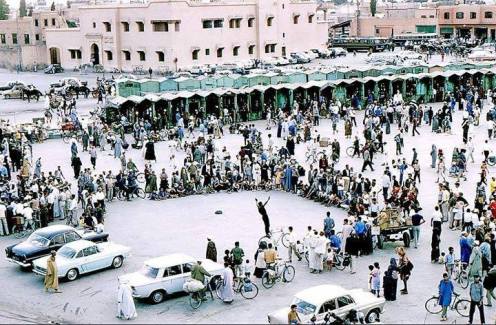
Biceclita crobatica and the coaches of Moulay Ahmed Cherkaoui and Abdessalam Chekouri [Safi] in the background just behind this building which serves as the police station for the Center of the Medina: Jamaa Al Fanana Marrakech Express, Morocco
I have written a second complementary article to this one on Moulay Ahmed Cherkaoui, entitled:
★ Marrakech ★
★ Moulay Ahmed Cherkaoui ★ Ouled Bahja ★
★ Pioneer Entrepreneur of Morocco and R ajoul d’El Jadida de Coeur, Doukkalaix and Amazigh by Alliance Familiale ★
My Father Moulay Ahmed Cherkaoui was born in Derb Hentata, Moul Kssour, the place where the first constructions of the City of Marrakech began, just under the shadow of the Great Koutoubia and opposite the entrance to Sidi Abdelaziz, Massine and the shopping center of the real and first Medina of Marrakech, namely first Jamaa El Fna, Bab Ftouh and Samarine. One cannot be located more than that in the central core of the Old Medina of Marrakech.
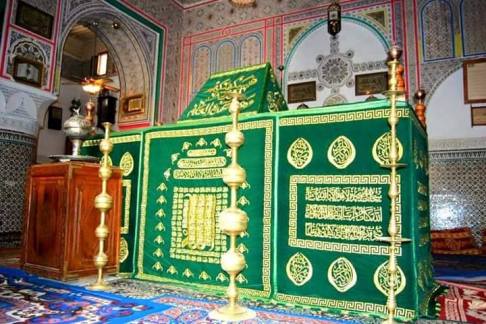
The Founder of the Cherkaoui Lineage in Morocco Sidi Mhamed Cherki [Boujad]
24 ancestors between Cherki and Omar Khattab
Said El Mansour Cherkaoui – June 2, 2014
French French Version:
Moulay Ahmed Ben Haj Madani Cherkaoui, apart from Laghzaoui, he was the first entrepreneur in transport and in other corresponding and complementary sectors. A Moroccan nationalist and a contributor to the dissemination of knowledge and education in favor of the creation of a leading vanguard from the popular strata and this before its time.
Moulay Ahmed remains a pioneer with a constructive and “developmentalist” vision seeking to promote the progress of transport and the construction of railways linking El Jadida to Marrakech and other neighboring cities as infrastructure bases for the emancipation of enclaves and to facilitate regional integration to break the straitjacket imposed by the selective policy of the French authorities a regional division based on the needs of strategic military control and the extraction and export of indigenous products, thus favoring certain cities and their service with a few ports and the adjacent towns located on the seafront.
The other attributes and contributions of Moulay Ahmed Cherkaoui concerned among others the reduction of poverty having been caused by the appropriation of the tribal lands by the colonists and the consequent rural exodus. Moulay Ahmed had also consented to and directed considerable aid that he had deployed to limit the spread and destruction of human lives by contagious diseases that affected whole sections of the regional population of Doukkala and Abda in the mid-1940s. He advocated the adoption of children from families affected and vulnerable to these scourges. Moulay Ahmed Cherkaoui had also directed of his own free will and without asking him for his own direct and indirect financing of the members of the national independence movement of Morocco.
At the end of the 1930s, Moulay Ahmed Cherkaoui had previously dedicated part of his garages to the location and location of a Medersa for learning Classical Arabic and the Koran. He came a Fakih/Taleb Si Abbas from the Doukkala region and gave him a house so that he could educate his children and the children of his neighborhood and all the surrounding neighborhoods.
The use of a large part of its own land assets and this while providing the financing of its own funds for the construction of a school that can be used for the education of children and also for literacy campaigns for adults and especially for women. Indeed, given the surge of populations from rural areas in Mazagan, Moulay Ahmed Cherkaoui decided to launch a construction site for the construction of a primary and secondary school which he designated by Hassaniya in celebration of Moulay Hassan Alaoui who was still a Crown Prince Teenager. This School still exists today in the same street or before it had already built its home and which still belongs to us.
Much remains to be quoted from the works of Moulay Ahmed Cherkaoui, the extent of which can only be quoted in volumes denser than the space of this page.
Beyond all this, Moulay Ahmed Cherkaoui has also developed a network that extends from Morocco to Iraq through his meetings and direct contacts with Moroccan students living in Egypt, Palestine, Iraq and Mecca, and this for the purpose of developing local awareness and outreach in support of the issue of national independence.
Moulay Ahmed Cherkaoui belongs to the most revolutionary party among the Cherkaoui, since all the Cherkawa of Marakech are direct descendants of those exiled by the Sovereign to Marrakech given their affiliation with the movements of demand and protest against the abuses of the local representatives of the power. This historical fact had therefore been the main reason for the presence in Marrakech of all the sides of my paternal family and therefore for centuries, these Cherkaoui of the Revolt were natives and residents of Marrakech and that until this day. This character trait had accompanied several Cherkaoui in the identification of their personalities in the rejection of abuse and the absurdity of social neglect.
The awareness of the presence of such breaches of the duty to do good, the uprooting of their ancestral land and the distance with the places of the burial of their ancestors and its spiritual space imposed on several Cherkaoui men and women of Marrakech to work for the creation of conditions conducive to the sharing and extension of the good for the people who are theirs. This quality of wanting to find light in the darkness of the destructive actions of others is one of the fundamental characteristics of Zawiya Cherkawiya Sufism.
My Father Moulay Ahmed Cherkaoui was fully conscientious and bearer of such emblems, symbols and beliefs that he had translated into actions around him and this for others, for strangers and even strangers wherever his foot trod the ground both in Morocco and in other countries.
Indeed, all the time, he repeated this expression to me:
“Faker fi Kheir, Amel Kheir, Wa Afaal Kheir wa Saadatek ya Faael al Kheir”
Also, he composed my first name of Said El Mansour and that for one and only reason which is directly distilled by his high belief in the Future of the Moroccan Nation. Another aspect of the visionary character of my Father Moulay Ahmed Cherkaoui.
Request for Justice and Resettlement of our Property Looted by the Vestiges of Colonialism in Morocco:
Request for Justice and Resettlement of our Property Looted by the Vestiges of Colonialism in Morocco:
In Memory of our Love of the Independence of Morocco
Transports Cherkaoui: The History of Transport in Mazagan is the History of Transport Cherkaoui – It is also the History of Interurban Public Transport in Morocco
First Muslim Industrial Manufacturer of Coaches and Public Carrier in Morocco between 1920 – 1948 , later through donations to members of his immediate family including his adopted son, the late Hbibi Mustapha Raiss.
My first name and surname are: Said El Mansour Cherkaoui
My two daughters are called: Habiba Ait Youssi Cherkaoui and Bouteina Ait Youssi Cherkaoui
My son is called: Moulay Ahmed Ait Youssi Cherkaoui
My first name is Said El Mansour and I was born in 1950 and son of Habiba Ait Youssi Taleb Hmad (Amazigh Confederation and Nation of Ait Youssi) and Moulay Ahmed Cherkaoui (Cherkawa of Marrakech and Zawiya Cherkaoui, Boujad)
My first name and its composition of Said and El Mansour were chosen with reason and with a precise goal by my Father Moulay Ahmed Cherkaoui who are ★ the Independence of our Kingdom of Morocco ★ Moulay Ahmed Cherkaoui wanted these two qualifiers to become the designation of our National Homeland built on
Happiness = Saad = Said Victory = Nassr = El Mansour
Moulay Ahmed Cherkaoui had always given the first names of my Brothers and my Sisters with a precise intention and metaphor beyond the proper designation but as a cultural, political and spiritual identity which designates and concerns Morocco and its historical particularities. Moulay Ahmed Cherkaoui had even established links beyond our borders with the spirits who wanted the independence of Morocco and that even in Cairo in Egypt, where he went in 1930.
★ Moulay Ahmed Cherkaoui is a Nationalist inside and out until his eternal departure in 1978 ★
My Father Moulay Ahmed Cherkaoui, the one who worked all his adult life directly for the Independence of Morocco on the social, economic, educational and family level towards the Moroccan nation.
Moulay Ahmed Cherkaoui contributed directly with his money and his real estate in the enhancement and advancement of the cause of the independence of Morocco and this by several direct and secret actions either in El Jadida, in Marrakech, in Fes and in Casablanca.
This flame of the independence of Morocco inspired my late Brother Si Driss to join secret groups of the struggle for independence, in particular through first the Kechafas and the movement of the Scouts which served as a liaison for the formation of the minds of young people. separatists. The secret actions for the independence of my brother Si Driss will cost him at the end of the decade of 1940 more than 2 years of imprisonment and forced labor in the construction of roads around Ifrane under the snow.
During the Administration of the French Protectorate in Morocco by General Alphonse Juin from May 1947 to July 1951, Moulay Ahmed Cherkaoui suffered all possible vexations with even imprisonment in Marrakech (Glaoui was the Pasha with his Chancellor Haj Idar) and accusations of all kinds prefabricated by the acolytes and collaborators of the Colonial Administration.
In Marrakech, Moulay Ahmed Cherkaoui financed and granted funds and transport logistics for members of the organization of the Black Hand, the real one who fought clandestinely for genuine independence from Morocco before it sank into internal heartbreak when its attacks began to veer and aim inconsistently with the objectives of national independence. According to my father, this organization, in principle militant for independence, was subsequently manipulated to make it a tool of discord and enrichment which obliterated the organization from the inside, in particular by tearing apart the movement of national independence.
The Black Hand thus began to liquidate all who seemed to them to be collaborators or direct supporters of the colonial presence in Morocco and even those who fought against this link with the Far Right formed by Colonists Jealous of their interests in Morocco. A large part of the settlers and entrepreneurs wanted at all costs to maintain their presence exploiting the vestiges of the Protectorate despite the fact that France suffered the repercussions of Nazi domination.
Our direct cousin, a Cherkaoui from the Branch of Sidi M’hamed and Moulay Abdessalam, known as Bayoud in Marrakech was a direct victim of these infighting within the Black Hand organization.
Our properties either in Marrakech or El Jadida and even in Casablanca, such as the transportation ticket sales offices were often the meeting places and meetings of the leaders of the resistance fighters in these cities.
Moulay Ahmed Cherkaoui at his own expense, used his cars and coaches to bring from Fez, Marrakech, Rabat and Casablanca the families of resistance fighters and nationalists imprisoned in the Agricultural Prison of Ader in the suburbs of El Jadida. My Father and my Mother also offered shelter, clothing and food to these families and their husbands imprisoned in this prison. Thus, several members of the First Moroccan Government under Mohammed V passed through and benefited from the direct support and hospitality of Moulay Ahmed Cherkaoui and Habiba Taleb Hmad Ait Youssi. Moulay Ahmed Cherkaoui was punished by the Colonial Administration for his affiliations, his efforts and his achievements and for also having a Son fighting directly for independence by taking most of his property from him,
Our House was decorated with giant portraits of Mohammed V, and my father always insisted on dressing on special occasions, such as on his trips abroad, as Mohammed V dressed. One of his photos in the Mohamed V airport in Nouasser and that when he left for Mecca in the company of my Mother, he was actually dressed like Mohamed V:
Moroccan Elegance, Cultural Habit or Nationalist Pride?
Moulay Ahmed Cherkaoui is all of this plus he always felt he represented a Royal and Sovereign spirit in the Chérifien and Chérif sense of the word.
Said El Mansour Cherkaoui Son of Moulay Ahmed Cherkaoui and Habiba Taleb Hmad
Oakland California USA 5/24/2017
Our Father Moulay Ahmed Cherkaoui,
مولاي أحمد الشرقاوي
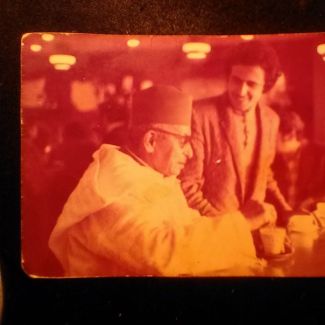
From left to right: Khalti Lalla Fadila Ait Youssi Taleb Hmad, My Sister Lalla Fatima Zahra Cherkaoui Wife Jbilou, My Mother Lalla Habiba Ait Youssi Taleb Hmad, Myself holding in my hands Lalla Jalilla Jbilou [GiGi] Daughter of Lalla Fatima Zahra, My Father Moulay Ahmed Cherkaoui, Sidi Ahmed Bouafi, Lalla Khadija Cherkaoui Wife Bouafi. Departure from Nouasseur for Jeddah, via Algiers, Tunis, Cairo.
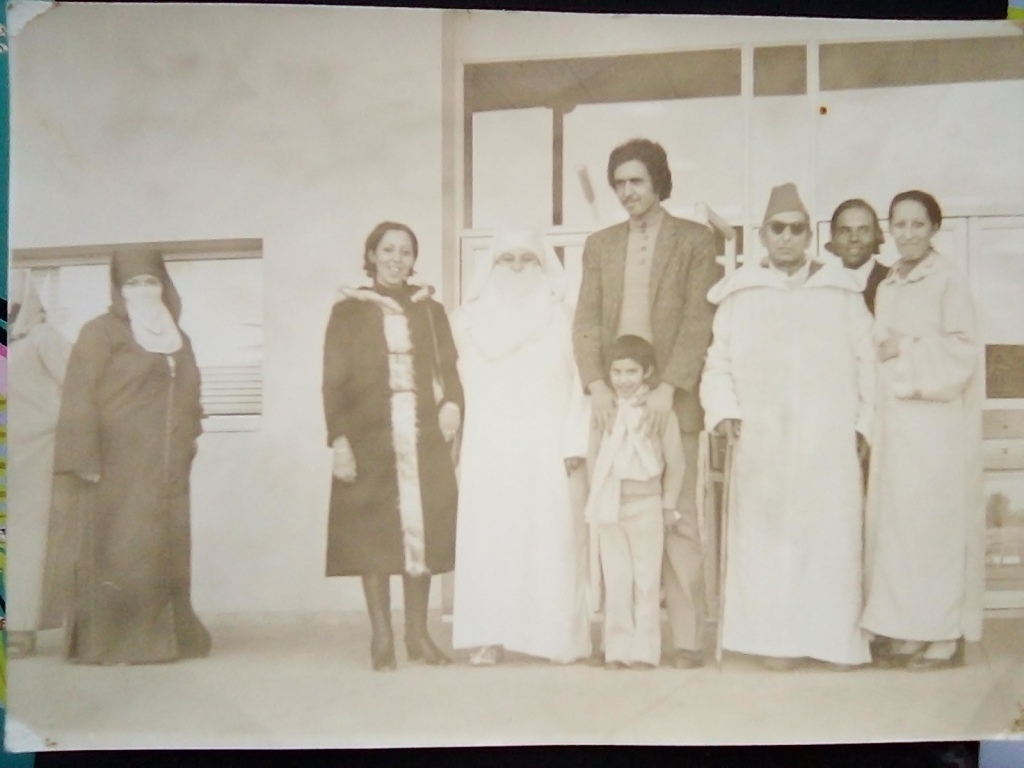
اللهمّ يمّن كتابه، ويسّر حسابه، وثقّل بالحسنات ميزانه، وثبّت على الصّراط أقدامه، وأسكنه في أعلى الجنّات، بجوار حبيبك ومصطفاك
صلّى الله عليه وسلم.
اللهم ارحمه واجعل قبره روض من رياض الجنة
Moulay Said Cherkaoui, Abdellah Taleb Hmad Lyoussi, my Uncle and the Father of Khalid Lyoussi Journal — at Aéroport Mohammed V – Nouasseur, Casablanca, Morocco. Through these guiding principles, the entrepreneurial activities of Moulay Ahmed Cherkaoui were multiple and diversified in their content as in their future while having a purpose of well-being of construction of a harmonious environment of sharing of the good.
Mohamed Khamisse – Sultan of Morocco
On behalf of Moulay Ahmed Cherkaoui and Habiba Taleb Hmad and his children and their descendants, we ask that Justice must be done and restored to correct the abuses and spoliations Moulay Ahmed Cherkaoui suffered from the Colonial Administration in Morocco and we demand the return of his approvals to his legitimate heirs.
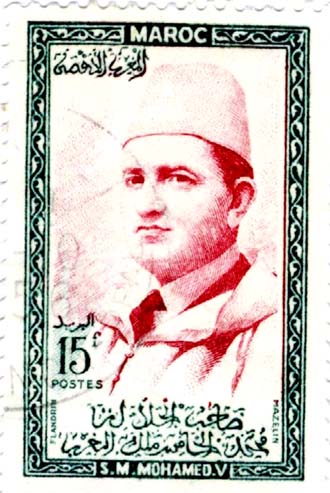
One of the first was and remains the particularity of Moulay Ahmed Cherkaoui to have been and to be the first Muslim Moroccan to start public transport and to have established the first local structures for the construction of coaches in Morocco respectively Bab Ftouh and El Jadida.
First in Marrakech, Moulay Ahmed Cherkaoui undertook to introduce public transport which subsequently also materialized through the acquisition and management of a Garage located on Rue de la Koutoubia in Marrakech [Place Jamaa El Fna] and which served for several decades as a parking place for coaches leaving for Casablanca and for Mazagan – El Jadida and other Moroccan cities.
The two districts of Derb Berkaoui and Sfa by their location at the gate of the city and overlooking the fertile plains of Doukkala sown by the presence and exploitation of large estates by European settlers, were therefore specialized in the reception, transformation and packing, putting in bags and wooden cases of all poultry, agricultural and even forestry products which were thus exported to the United States and European countries via the port of Mazagan which was one of the most important ports of Morocco with Tangier and Mogador.
In fact, this proximity to the exit of the City was the reason why my Father set up his workshops and sheds for his transport coaches and built his own house there to found his new family.
This commercial logistical use turned both towards the outside of the city and its rural outskirts of supply and as a transmission belt for the corresponding products and natural resources had also shaped the population living in the neighborhoods of the Saniyate district (Garden Maraicher) Berkaoui and Sfa . The majority of the local population of this district was versed in the preparation, the routing and the payment of exports through the offices of large export house held largely by Judaics and Europeans from other neighboring towns such as Azemmour, Safi and even Essaouira.These Judaics by these origins could have a complementary network in the management of foreign trade also seen their acceptance and integration by the representatives of foreign countries installed in Mazagan as Consuls and Consular Agents who were sometimes negotiators for several countries at the same time strangers. In fact, thanks to such connections, the Ecole Israélite was one of the first public schools to be built in Mazagan and inaugurated by representatives of France and foreign countries conducting international trade in the city.
The Jewish School was therefore a work not of charity but of training to prepare the managers of banks, brokerage houses, import-export, administration and especially translation of the corresponding operations with the “natives – natives Muslims” who only handled the Mhrate, the supply of products, the preparation of products and bags and boxes and not the strategic logistics of correspondence and inventory as well as transfer, customs and storage transactions. international trade nomenclature day. These operations were indeed the source of income for the payment of the external debt which was the reason for the invasion of Morocco and the imposition of the French Protectorate in Morocco.
It is in such a context of educational clientelism and extrovert connection of professional relations that my Father Moulay Ahmed Cherkaoui undertook to change the vectors of colonial domination and his relations of complicity with collaborating local elites, including the Jewish community.
Moulay Ahmed Cherkaoui: Education as a Vehicle for Social and Economic Progress
The strong link in the colonial relationship, adapting the local and regional conditions for the exploitation of natural, human and financial resources, was thus concentrated in the Education and Training of an elite who could serve as a complementary technocracy to the colonialist administration of military- bureaucratic order with its support built on colonial exploitation by colonists imported from all over Catholic Europe.
The Muslim Moroccan from the masses and working-class neighborhoods in their great majority therefore had no place in this educational system objectivizing the strengthening and progression of flows of exploitation. For this purpose the Jewish School was built and later, the School of Native Notables. The Israelite School had not imposed any admission requirements other than being of the Judaic religion, while the School for Native Notables, it recruited only among families of a certain economic level or through their inclusion in colonial daily life. It was therefore necessary to show and prove one’s allegiance to the colonial system involved.
My father Moulay Ahmed Cherkaoui understood very well this invisible and conductive link of a winding and silent exploitation of Moroccan resources through the establishment of structures favoring a modernization of its workings, transfer, management and financing.
So how at the same time prepare the members of the popular mass for the Morocco of tomorrow that my Father projected and saw as an independent country free of its educational choices as well as its choices of belief and ideological thought?
For Moulay Ahmed Cherkaoui, Education was the ultimate and top priority to achieve such a vision.
Among the achievements of our Father Moulay Ahmed was indeed the materialization of his desire to prepare a new generation of independent Moroccans at all levels and first of all at that of knowledge, knowledge and Education.
For this reason, Moulay Ahmed Cherkaoui built on his own land and with his own financial funds the Hassania School in our own district of Birth in El Jadida and which is still booming to this day.
Before the construction of this school, my father had built a Jamaa right next to my birthplace in Derb Berkaoui, for this Msid, my father Moulay Ahmed Cherkaoui brought if Abbass Fqih from the surrounding region Mazagan to teach Arabic and the Koran to the grandchildren of Derb Berkaoui and Sfa, of which I can cite a few:
Abdellah ouled Mkadem Mehdi and his brother Kroudi, Si Mohamed Ouled Hafiane, Bouchaib Negash, Mustapha Ouled Bejdad, Ouled Bel Fassi the Big Brother of Abdelkébir Khatibi and others will come back to me later. Allah ya Rhamhum Ajmaeen fi Firdousse Naim Ameen ya Rab Alameen. This Mssid, Koranic School was the first to be built for the two popular districts juxtaposed and surrounded by Villas and houses inhabited by Europeans and no school existed in these two districts.
At the time, the schools that existed were in the old town and the Derb Berkaoui and Sfa districts were considered resort areas and enjoyment of exotic parks, the beach, the Casino and fairground games. the proximity of the military barracks, summering center, the Haras and the round for car and cyclist races. These two districts were at the exit of Mazagan giving on the one hand towards the exit of the City, Kamra, the road of Marrakech and all along the Ocean, Nour Kamar and Armoude gave on the Road leading to Casablanca in crossing to the Penitentiary Ader and Azemmour and Chtouka among others. My father settled there in the Saniyate Berkaoui,
Madrasset Ba e wa Dyalna this Madrassa belongs to my Father and to us, it was my Father who built it and paid for all the construction on his own, including doors and windows, tables and paintings were built and assembled by a team that included Maalem Bouchaib Chorfi in my father’s workshop where the coaches were already built, right next to our birthplace and family home and the windows whose order was placed at the Si Belakbir Store opposite Haziza , it was my father who gave him the name of Moulay Hassan who was still a child, Hassaniya.
To pay homage to this name of Hassania given by my Father Moulay Ahmed Cherkaoui to his school, that the students of this same school who subsequently gave football clubs in our neighborhood derb berkaoui and sfa the same name which has the end was attributed by them as Larbi Bakle to Diffaa Hassani and that before 1956.
As his son and his present living memory, I, Said El Mansour Cherkaoui, can only salute such a vision which defied time and remains currently and to this day, a validity of thought concerning a real, robust and authentic development of human resources of our city, our region and of Morocco. Several literary, political and social personalities from Mazagan – El Jadida and Des Doukkala took the course of this Hassania School and succeeded in asserting their capacities and their intellectual potential.
I open a parenthesis to correct a misconception of the reality of our Medrassa Hassania to answer in the following way:
I am the son of Moulay Ahmed Cherkaoui is the rightful owner and builder of Medrassa Hassania de Sanyate / Derb Berkaoui. The descendants of Moulay Ahmed Cherkaoui are the legitimate heirs to the property of the Medrassa Hassania.
My Father had built and financed this Mederssa Hassania from the foundations to the roofs and everything in between. Moulay Ahmed Cherkaoui wanted this Medrassa Hassania to be open and free for the children of the Moroccan people of El Jadida and a place of job creation at the same time of training new Moroccan generations mastering foreign languages. My father was fluent in his mother’s Tachelhit Berber, was fluent in French and Spanish and understood Italian given his professional and friendly relations with the nationals of these countries in Mazagan itself and in Morocco, both north and south.
I regret that everything written above is absolutely false and completely without authentic historical merit with regard to this part that I am copying for you here below:
مساهمات شخصيات من الحي وعن طريق تقديم ( البطاين) عيد الاضحى (( جمعها وبيعها لتمويل عملية البناء وتجهيزها )) من قبل سكان الصفاء والبركاوي للذين كانوا يشرفون على بناءها وخاصة من عناصر قيادية محلية من الحركة الوطنية فصيل حزب الاستقلال مثل لمسفر والحاج عبدالله خالد يحيى وغيرهم ولكن بعد الاستقلال وفي العقود الأخيرة وقع خلاف حول من له الحق في ملكيتها وحسم الأمر حسب علمي لفائدة احد أبناء قيادي سابق في الحزب كان يقيم ويعمل بالدارالبيضاء…
This part mentioned above is a blatant propaganda and a distortion of reality, and I will just give you an example on what the Istiqlal how he recovered for his own benefit all the resources that the Aroubis of Doukkala gave him believing that the Istiqlal would build them a new and prosperous country where their children will flourish.
Until this day, we are still waiting for this achievement, it’s like waiting for Sidna Kder / Godot to come.
Just these sheepskins, it can give a great idea how a diversion and an illegitimate use of the funds collected were orchestrated by scoundrels camouflaged under djellabas as conservatives, they never attacked anything except is to attack the boxes where the money collected from the poor Beni Oui Yes who were sweating the burnous to give them such gifts.
The names of the property usurped in the name of independence were squandered and had contributed to the enrichment of several people you mention and with this embezzled money, once their dirty work was done and finished they left El Jadida and businesses founded real estate and other prosperous for them and the new alliances they have forged through business marriages with the new rising elites of descent from Fez, Casablanca, Rabat, Tetouan and Meknes, to name only the most famous elite families.
It makes me laugh to read that the sheepskins are used to finance the construction of our Hassania school. Indeed, the construction of the fortunes of the families of which you speak was made with the sheep of Panurge, those who followed with good faith these skinners and these cutthroats of national independence by taking the real militants towards Gourna to preserve their interests and that in the name of sacrifice for the Moroccan nation.
When these cheap pseudo-leaders of the Istiqlal addressed the members of their party and their direct militants of Fassi origin, they advised them to educate their children and send them to Europe for their higher education.
When these cheap pseudo-leaders of the Istiqlal address themselves to the Arroubis of Doukkala, they advise them to cultivate their lands and not to let their children go to European countries, since spending more than 40 days in a country Christian makes them disbelievers and resembling the Kouffars.
In fact, this story of sheepskins had subsequently become a mockery when it was discovered the bribe and the washing of the collected money which was intended for the formation of fortunes as was the case later with the lifting taxes on cigarettes and matches to finance the FNLP if your memory is still able to remember that too and it was once again the Istiqlal that put into practice like the case of the sheepskins of cash which left no trace.
My Father Moulay Ahmed Cherkaoui had financed from start to finish the entire construction of the Hassania School including even the doors and windows and the tables with inkwell. My father’s garages which juxtaposed the Hassania School and even passed around our native house which still exists in the same place to end up with another garage which served as a hangar for the construction of coach bodies with framework. It was in these garages that my father deposited the construction materials and all the equipment including the manufacture of windows and doors and wooden tables.
Madrassa Hassania belongs to the Cherkaoui Family of which I am one of the sons, to my Sister Lalla Khadija Cherkaoui first and to the descendants of Moulay Ahmed Cherkaoui
All the rest are thieves, usurpers and despoilers who take advantage of our absence.
the Hassania School was never given to anyone by Moulay Ahmed Cherkaoui, this story is a pure fabrication and distortion of reality to serve and preserve their illegitimate and illegal exploitation.
All those who tell you such nonsense are Nassaba and Mafiosi or their accomplices who got their hands on our Madrassa Hassania, ask them to show you a document proving this donation.
Ask them to show you the land title of this Medrassa Hassaniya.
I challenge them to present them, they have absolutely nothing.
You will see that it is a bluff, they are all usurpers and despoilers and they have become masters in the matter for those who have diverted all the wealth of newly independent Morocco and also for those who continue to suck Morocco in our present day.
I will continue this story another day with more details
Thereafter, I will publish more on the contribution of this Man in the prosperity of Marrakech and El Jadida and even Casablanca and other regions and confines starting from Mazagan – El Jadida and Doukkala as bases of operations and this during his time and his corresponding nationalist and social activities.
Indeed, Moulay Ahmed Cherkaoui was also a participant and patron of resistance groups in Marrakech and El Jadida.
That said and for the moment, I am content to give you this brief overview of my Illustrious Father Moulay Ahmed Cherkaoui and that in the present form.
May Allah ya Rham Walidaina Ajmaeen wa man Sabakana mina Mouaminine Salihine, Ameen ya Rab Alameen.
The grand bazaar was located next to the offices and the CTM stop, next to Salinas ( odlek
Re: Mazagan, El Jadida…….continued August 09, 2006)
If we start with the photographer Jimenez the Spaniard we pass by the “garage for mounting car tires, a few meters further to the northwest we pass by the Douter Armory, after a tailor, a cafe, after the building where the printing press “Benarroch ” was located, after the photographer “DéDé” after the “brasserie and the cinema Paris of Mrs. Dufour. ” Source: odlek Re: Mazagan, El Jadida…….continued August 09, 2006″
AZ Re: Mazagan, El Jadida: memories, reunions and photo albums August 10, 2006,
A small precision, the street was called “La Place Brudo” and before the cinema of UFOUR, there was, the watchmaker, then the house of the Slovicks, the Larédo depot, the big bazaar of SI DRIS GUENDOUS (which is still there at least since MAY 2006, because I saw it) then the tailor Maurice AMIEL zl (my father), the Doctor, the photographer ELBAZ , then end; ;;;;;;; afterwards it was the main square before arriving at the mellah.
Now, opposite Place Brudo, the BENDELLAC building; the Métrople cinema, the Sports café, the Kissaria, Mr. BENISTY Albert’s fabric shop, Jacques AMIEL’s pharmacy, Brudo’s grocery store, the Bouzaglo “Barber” then we come to the arcades of the administrative services and just after the famous “Luxury” stationery bookstore because we had our beloved stationer BEN SEMSSA! ! ! ! ! !
The rest and to read more, visit this link: http://madeinmazagan.weebly.com/judaisme-jdidi-mazagatildeo—mazagan.html
I know the Salinas Family very well, first of all the two Salinas brothers were great friends of my father who spoke perfect Castilian. My father had been in Spain and northern Morocco before the Rif War. Then one of the sons of the Salinas was a Tennisman and the other a fencer who came to train and give us lessons at the Sports Hall in Fencing with Carpozen and with our direct Fencing Master Abou Said Cherkaoui, one of the best fine blades from all over North Africa and this at the time of Charles ElGrissy and this just in front of their home behind the Shell station opposite the Marhaba Cinema.

- The drivers who lived in the Merchan-Jarda district were with Assidon, the one who had the garage right next to Gimenez Monsieur Kodak. And With I believe Fortis, of the Gonzalez family. Later, they were also used by Salinas (a small gas station existed on the corner and belonged to Salinas, see photo above) and not the CTM but as Salinas had the CTM as the place of departure and arrival so its coaches were considered by some to be Salinas CTM while it had its own maintenance and parking garage just next to the Bar Port-Said and opposite the Doumi depot garage and the wines on the side of the Auto-Hall, and in the area lived in the Salinas, the owner and his brother who was the driver and the manager. Jose must have some connection with Salinas.The drivers in Mazagan at the time,
- Wadjinny Abderrahman
- Said El Mansour Cherkaoui I bow to your extraordinary memory (khamsa or khmis!!!) I surely confused Salinas and Ctm.
- Said El Mansour Cherkaoui
- Wadjinny Abderrahman Habibi Wad Rahim we lived to live together and we keep our memories together each with a coin and a precious stone bringing it in the construction of the Castles – Fortresses of our Mothers and Glories of the Conquests of our Fathers, thanks to them and to them, we had our meetings of our Simple Past and our sharing of our Tattooed Memories as our late Cousins said.
CTM Office – Mazagan – Facing the Port and on the other side of the Bus Station and Cherkaoui Transport Offices
I know this place very well, I worked in the coaches of my Father Transports Cherkaoui tous Directions.
It was my father Moulay Ahmed Cherkaoui who initiated the construction of this bus station which he wanted to be next to the CTM.
As proof that my Father built this Station, the first 3 offices in this Station which were built first were managed by my Father and this is where our cars actually parked and that until the end of the fifties with Bouchaib Askri who sold our tickets for the trip and the first two offices until the move to the new station of the Ouled Chentoufiya field.
Transports Cherkaoui
First Muslim Industrial Manufacturer of Coaches
FIRST MUSLIM Common Carrier All Directions in Morocco between 1920-1948
Journey with My Father Moulay Ahmed Cherkaoui
My Father during a visit – Ziyara that we had undertaken in Moulay Abdessalam Ben Mchich – that later I understood why this visit in the depths of the forest of the mountains of Jbala where no road led to the sanctuary. We walked for a whole day and at that time Guardia Civil was still present as a symbol of Spain in the north. We had traveled the North with a Four Horses Renault with the engine behind. It was a Cadillac for me or a miniature Royce Rolls.
Years later, I actually fully grasped the reason for this pilgrimage, since Moulay Abdessalam Ben Mchich was a disciple of the Tarika Tasaouf of the Cherkawa – and very early in the morning, in freezing temperatures, we were sitting on the ground covered with plates of cork and in front of us a beacon of 4 corners erected with stones from the surrounding mountains, in no way cut but only chosen according to the flatness of their shape and placed on top of each other thus enclosing a large tree of cork and in the middle, a orifice acting as a window to see the inside of this colossal tower, intriguing by its solidity and balance by its disparate rock stones.
My Father explained to me that the descendants of Moulay Abdessalam Ben Mchich had tried several times to build a Mausoleum but each time before finishing it, the whole building collapsed at night and that this tree went up in the middle of the tomb like a surface response to effectively prevent them from starting construction again. In fact, my Father specified that Moulay Abdessalam Ben Mchich had repeatedly advised his disciples and heirs not to build him a Mausoleum but to cover it with what had accompanied him in his meditations and prayers. His tomb was actually perched on a peak of one of the mountains and had a panoramic view of the rest of the surrounding ranges.
A view only the mind can measure the origin and the awe-inspiring bliss of such a natural construction which provided space for the acceptance of divine right over ephemeral material. In these mountainous corridors, the humble addressed their God and found their way to Sufi Cherkawa serenity.
In this willed solitude the love of the Divine was the end of all existence.
In this contemplation of the surrounding nature, Moulay Abdessalam Ben Mchich found refuge to conduct his prayers and from his rejection of any celebration which should simply be reserved for the almighty and beyond his own existential territory as a direct and eternal attachment to the Rouh Sufiya.
https://mazaganmagazine.wordpress.com/2021/10/05/lion-de-jbella-apparition-de-moulay-abdessalam-ben-mchich/embed/#?secret=PmJzxLTnWA#?secret=EOpIHBw09j
This window had wrought iron which resembled the great buildings of medieval castles. My Father sat by my side and both of them in a straight suit in the posture out of respect and frozen by the freezing cold and by the imposing presence of the spirit of Moulay Abdessalam ben Mchich. In this spiritual reverence, my Father continued to ask me in a very low voice saying to me:
“Wlidi, look in the skylight-window, do you see anything? »
I answered him all the time, yes, a cork oak tree, a candid answer from a child who was wise and respectful of his Father and the peaceful surroundings. No children were around, only the rocks and the projecting points of the oaks and the mountains which wove in the clear blue horizon the image of a continuation of the teeth of a rocky and verdant saw.
My Father had leaned towards me and from closer and in a low voice, clear and scathing in its content whispered in my ear:
“Look carefully through the bars of this window, look closely, there is a Lion inside. »
I jumped on my seat but my Father comforted me and told me that it was the projection of this Great Sufi Man.
In fact, it was also a greeting from a disciple of the Cherkaoui who wanted to mark our visit to the Peaks of these Mountains with a majestic presence and who greeted my Father and his Son as the descendants of his masters and thus wanted to preserve the lineage in thought as in the paternal and common memory between Moulay Abdessalam Ben Mchich and Sidi Mhamed Cherki through our presence.
We were the guests of a Lion who in fact, for me, as my Father’s guest I considered this presence as a blessing from the True Lion that it was My Father who reflected his image in the Oukouf of Sadat.
The night before another revelation in the fire was also ours. Another time I will tell the details.
Since that time and for years to come before crossing the seas, I could reduce the tension of the fire on the body and several times I accomplished such an appeasement for the cousins and cousins of Marrakech.
May God keep us on the straight path of the Baraka of our ancestors and ancestors.
Moulay Abdessalam Ben Mchiche and Abdessalam Cherkaoui: It must be added to this that My Brother was named Abdessalam with the nickname of Azhar by My Father in reference to Moulay Abdessalam Ben Mchich who was also a disciple of the Zawiya Sufiya of Cherkawa and the name of Abdessalam Cherkaoui must also come from such affiliation and identification of all Cherkaoui. Rahima Allah Mawtana Sabikine.
APPRENTICESHIP SCHOOL AT Transports Cherkaoui
Haj Moulay Ahmed Ben Madani Cherkaoui, Rahimahou Allah Wa Taghamadahou bi Rahmatih Born in 1896 in Marrakech – Tarahama wa Taghata bi Rahmati Allah in 1978 in Mazagan – El Jadida
A peek into Transports Cherkaoui’s creative nest that was located
in Mazagan – El Jadida – Morocco
Moulay Ahmed Cherkaoui had also trained under his direction a large pleiad of bodybuilders in Mazagan including Mimoun, Belfakir Moussa and his brother, Ahmed Maalem Bouchaib, Maalem Bouchaib Chorfi, Maalem Larbi Cicklisse Melhaoui, Rais, Negache, Boucherit, Rahali and his builder and many others.
CONSTRUCTION of the Cabin:
An Art of Handmade Assembly Here painters are the prime contractors, at Transports Cherkaoui, it was the Draftsmen, Carpenters, Ironworkers, Painters, Mechanics and Apprentice workers who were the prime contractors in the design, installation and finishing of the coach.
The Panhards of Moulay Ahmed Cherkaoui, all that was missing here
Bache for the windows
A
higher gallery for the luggage rack ladder, since sometimes he remained perched on the luggage rack arranging the net while the coach was rolling on the track.
The door behind for the Grissssonnne – Miloude
No
folding door like here, a door with handle and key
After that, all that remains is to say En afa, en Avant
Brief Summary on the Bio of Moulay Ahmed Cherkaoui
Moulay Ahmed Cherkaoui that happened to be my Wonderful Father used to own Cabanas on the beach that he rented to the Beach-goers-Estivants during the whole year.
Later on, my Father – Moulay Ahmed Cherkaoui as the First Moroccan Entrepreneur in the Bus intercity transportation business – long-distance passenger bus services – acquired in the late sixties a Cafe, Hotel and Restaurant in Marrakech, his birthplace. In fact, it is in Marrakech where he launched initially in early 1920’s his first bus venture. He entered the Medina of Marrakech with 10 buses and parked them near the Mosque of Bab Ftouh on the side of the Great Place of Jamaa El Fna to let the Marrakechis – his co-city inhabitants to see and used his buses and not to travel any more with Caravan and mules. He wanted to modernize and he did the Moroccan means and resources of public transportation.
In fact, on the left side of the same place of Jamaa El Fna at the City of Marrakech, the Cherkaoui Family still owns a space that my Father had used as permanent Garage for his buses and all the buses that connect Marrakech to Mazagan in round -trip.
At Marrakech, I learned how to manage bus transportation operations and hospitality business services. My Father was a complete Encyclopedia of business management in terms of synergistic, horizontal and vertical integration of business development and customer relationship retention before even the concept was taught in the western business schools.
Without any sense of nostalgia or exaggeration or even memory deviation, this kind of innovation brought by my Father Moulay Ahmed Cherkaoui to the Entrepreneurial History and the Social Evolution of Morocco is just the tip of the iceberg. Morocco – 1920-1948
The First Coach Builder in Mazagan as a private Muslim company was the work of Moulay Ahmed Cherkaoui, he imported chassis directly from France.
These Chassis from Maison Panhard, Minerva, Berliet arrived in Casablanca – Port by boat with just the steering wheel, a temporary driver’s seat, the fenders, the lights and the front headlights located on the front of the engine, the front fenders where you can could put a tire on each side of the spare tires, the gearbox, the handbrake, the axle and the rear axle, the bumpers in front and behind wa Salate ala nabi.
Everything else was made in house in our Garages in Derb Berkaoui and before that at what was called Kamra at the exit of Mazagan on the road to Marrakech, it was the first industrial zone, at the limit of the Heriya of the Bencherki family especially Moulay Said Bencherki the father of Ahmed Bencherki.
Moulay Ahmed Cherkaoui had also trained under his direction a large pleiad of bodybuilders in Mazagan including Mimoun, Belfakir Moussa, Maalem Bouchaib, Maalem Bouchaib Chorfi, Maalem Larbi Cicklisse Melhaoui, Negache Bouchaib Brother of Ouled Rahal and Zniber, Boucherit, Rahali and his master builder and many others.
Similarly, anyone who wanted to do a job as a coach driver should come to Moulay Ahmed Cherkaoui to learn not only driving but especially mechanics since roadside assistance did not exist. It was necessary to repair on the road otherwise no arrival.
So Transports Cherkaoui combined Modeling, Coach Construction, Bodywork, Production of Exchange Parts, Carpentry, Painting, General Mechanics and Driving School apprenticeship for coaches and Trucks.
It is this capacity of Moulay Ahmed Cherkaoui to offer such vertical and horizontal integration of services and downstream and upstream at the level of industrial production in parallel with passenger transport operations that had allowed continuous technical innovation of the time within its initiatives as they made my Father the Moroccan Muslim Pioneer in the fields of Automotive Construction from the birth of inter-city Public Transport in Morocco.
All this happened in the mid-1920s since our current house with the old garages dates from the mid-1920s – early 1930s the date it was built by my father and it still exists in Hamouwamate Sfa, Saniate / Derb Berkaoui.
luggage rack
The Spare Tires on the Sides, a reference from my Memoir on the Work of my Father Moulay Ahmed Cherkaoui – Transports Cherkaoui –
Mazagan two doors, one on each side of the coach.
The other alternative and much later, the spare tire was put under the coach on the side of the ladder or on the back side just next to the ladder which leads to the luggage rack.
Spare Tire Position and Access Doors
The Spare Tires on the Sides, a reference from my Memoir on the Work of my Father Moulay Ahmed Cherkaoui – Transports Cherkaoui – Mazagan
The difference with the coaches built by my father were at the beginning put in front of the side of the wings to allow to have two doors, one on each side of the coach.
The other alternative and much later, the spare tire was put under the coach on the side of the ladder or on the back side just next to the ladder which leads to the luggage rack.
History of Transport in Mazagan
is the History of Transport Cherkaoui
the History of Interurban Public Transport in Morocco
History of Transport in Mazagan
is the History of Transport Cherkaoui
the History of Interurban Public Transport in Morocco
It should also be noted that the luggage rack was initially used for the transport of passengers as well. With the introduction of new, faster coach models, the upper gallery was reserved for carrying luggage only and the greaser used a net so that luggage did not fall overboard.
Some coaches, on the other hand, especially those serving villages and weekly souks, took passengers’ pets on board.
For this category First Series, First Class for Main Lines, coaches were not allowed to take pets on board. Even the chickens, the turkeys traveled free range overboard on the rack and the Oiler always made sure to tie them down tightly otherwise they might fly away.

My Father Moulay Ahmed Cherkaoui arrived in Mazagan in 1920 with coaches he had in Marrakech, he had at that time more than 10 approvals. He forced the authorities of Mazagan at that time and with his own capital too, to let him build behind the port, the first official bus station in Mazagan.
First and before the construction of this station, my Father’s Cars parked in front of where there was Cinema le Paris and where there was also the First Post Office of Morocco and Mazagan, which was inaugurated by Itsshak Brudo whose name was given to the same place and this in front of the Dar Dariba Kdima, also the First Perception and House of Taxes.
This place therefore had the post office – I think it was called Hotel de la Poste – in fact this name was worth it since it was next to the hotels, the presence of the coaches of my Father Moulay Ahmed Cherkaoui and the CTM in these places was important for the mail, the newspapers, the packages and the letters as well as the payments due and the goods ordered in the cities, the souks and the villages by which the buses of my Father and those of the CTM transited and were passing. So my Father’s coaches, like those of the CTM, were the ones that transported the mail between the towns and their outskirts. *
On the other hand, the construction of hotels around this place, at the Café Français and behind with the Hotel de Bordeaux and Switzerland and others around this place, therefore found the reason for their location in this part of Mazagan thanks to the Cars of the CTM and of my Father who brought tourists, travelers and visitors.
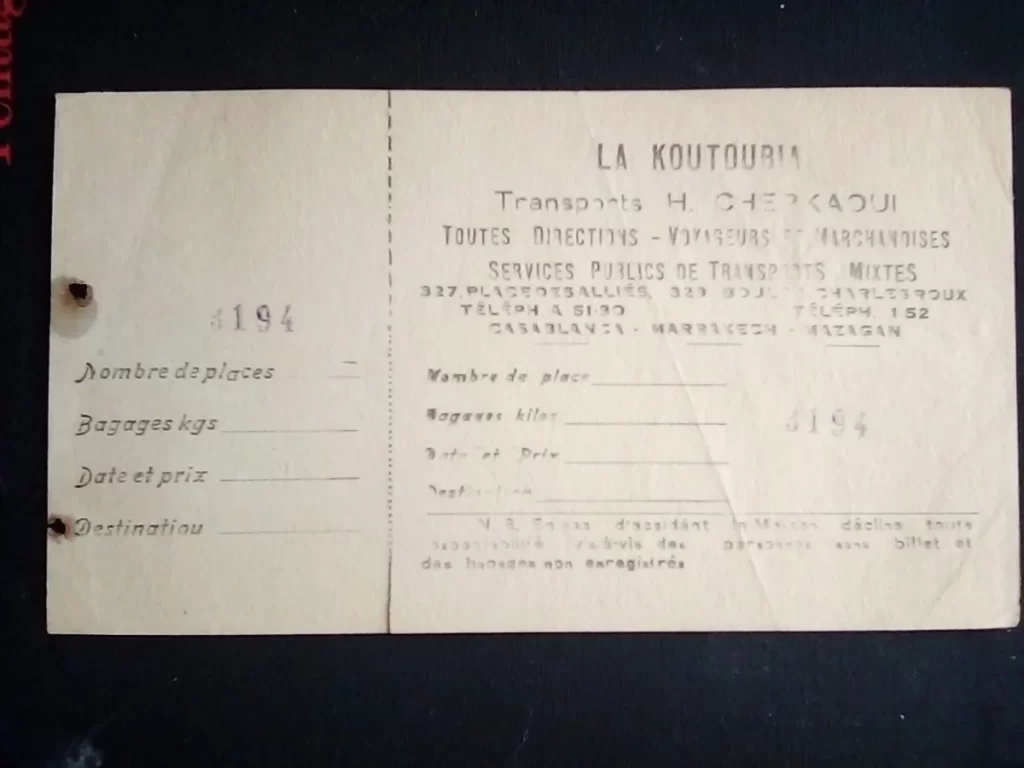
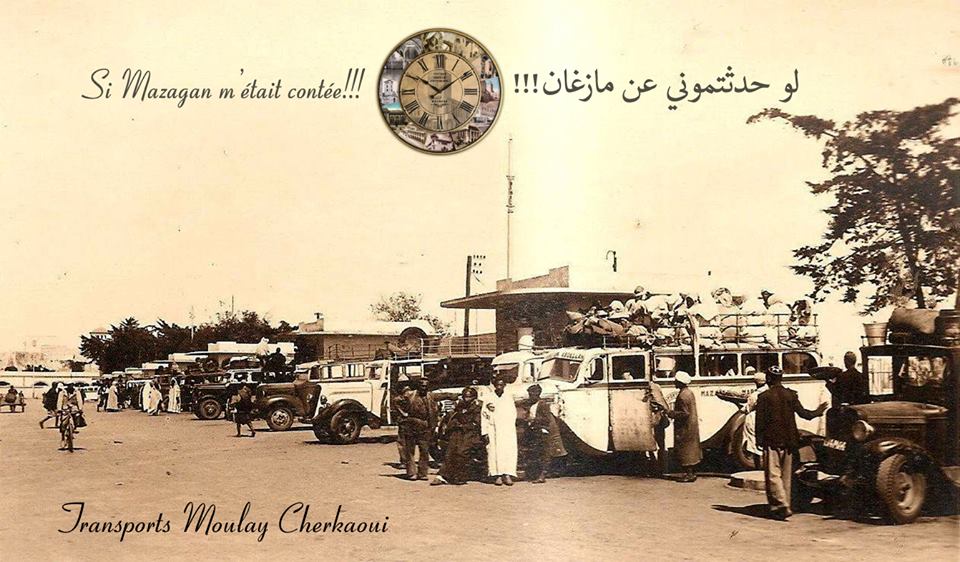
What I am telling here can be verified in the Ministry of Transport where the largest file that exists in the archives is the File of Cherkaoui of Mazagan and El Jadida. All amenities that date from 1920 – 1930 in Mazagan as private amenities are of origin from the membership of Moulay Ahmed Cherkaoui, period neither more nor less and this is the authentic history of Morocco not only of Mazagan.
My father was also the builder of the Transport Office also in Casablanca Derb Omar (where the roadway was built of cobblestones like in Paris) and in Rabat Bab Had and in Marrakech first Bab Ftouh and Derb Koutoubia in Jammaa el Fna.
All the Muslim carriers that have existed in Mazagan and elsewhere came after my father as the first Moroccan Muslim entrepreneur of private interurban transport and for this he was the first president of the Association of Moroccan Carriers and President of the Transport Commission within of the Ministry of Transportation and Mines.
* Article that Place Brudo given the presence of the Hotel des Postes, this place also served as a departure point for transport coaches at that time, all directions, including those that belonged to my Father Moulay Ahmed Cherkaoui who knew the Brudo .
An article entitled: “The road from Marrakech to El-Jadida (Mazagan) during the 20th century. can be found in this link:
https://ame2p.wordpress.com/2017/03/22/la-route-de-marrakech-a-el-jadida-mazagan-pendant-le-xxe-siecle-2/
* Until the 1960s, when my father made me “get on” the bus during the summer holidays, we took mail and newspapers and other folds to Sidi Smain, Sidi Bennour at Martinez and Guerrando Tnite Bouchane.
Said El Mansour Cherkaoui to Made in Mazagan – Memoirs of El Jadida
March 16 at 2:03am
Transports Cherkaoui Tous Directions – Mazagan – El Jadida – The History of Interurban Public Transport in Morocco
Transports Tous Directions – Transports Cherkaoui – Moulay Ahmed Cherkaoui – First Private Contractor Carrier in Morocco and Mazagan – El Jadida.
There was an expression that testifies to the importance of Moulay Ahmed Cherkaoui in the history of Moroccan public transport and this, according to a friend, is in the confines of Zaer where it was thus said:
“Wach ta Andek Kirane Cherkaoui”
The other famous expression was sung by the Chikhates:
“Wa Car diyal Cherkaoui Lhmar fi Agba ya Kfar”
Indeed, all the coaches of my Father Moulay Ahmed Chekaoui at one time in his history were painted red and then in light azure blue.
Exchange of Comments on Facebook on Moulay Ahmed Cherkaoui
Pioneer of the Modernization of Morocco, an Enterprising Will of the Beginning of the Twentieth Century:
Moulay Ahmed Cherkaoui:
Thank you for sharing.
Like · Reply · March 17 at 3:13pm
Rena Amran My next visit to El jadida I will go to Derb Berkaoui and I also hope to visit your sister Mrs. Khadija Cherkaoui.
My last visits were too brief.
Like · Reply · March 17 at 3:14pm
Said El Mansour Cherkaoui You are always welcome Rena Amran
Like · Reply · 1 · March 19 at 4:44am
Rena Amran Thanks a lot Said El Mansour
Like · Reply · March 19 at 8:50am
Write a reply…
Abdelfettah Kandoussi In 1962, the company CHERKAOUI made a very beautiful Green car from the VOLVO brand that all USO players of the time knew. It was from the Oujda line. Djerada
Like · Reply · March 18 at 4:17am
Said El Mansour Cherkaoui replied · 1 Reply
Ali Belfakir I am sorry gentlemen the first bodybuilder in Morocco and el jadida is maalam Moussa Belfakir.
Like · Reply · March 18 at 8:22am
Khadija Cherkaoui Mr Ali maalem Moussa actually started as a coachbuilder but after My Ahmed Cherkaoui it was the 20s history and the administration is witness to it
Like · Reply · March 18 at 10 :04am
Said El Mansour Cherkaoui Lalla Khadija Cherkaoui I have an answer that I write for this My Very Dear Sister with all the details and Ali Belfakir will read it too. I will publish it later and in the meantime here is a brief introduction and a small extract intended for Ali Belfakir whom I ask to provide evidence, testimonies, facts and historical indications to verify his statement.
I’m waiting for Ali Belfakir to enlighten us not only with assertions but with well-founded and supported explanations.
Indeed, Moussa Belfakir started as a Bodybuilder well after Moulay Ahmed Cherkaoui, since it was Moulay Ahmed Cherkaoui who taught him this trade.
Moussa Belfakir was a worker at Moulay Ahmed Cherkaoui and that is the truth of the truth.
Indeed, it was not only Moussa Belfakir who went to school with Moulay Ahmed Cherkaoui but also his cousin [I think his name was Abdesslam} who had only one arm. in the same way Mimoune also went to school with our Father, Maalam Bouchaib the Grandfather of Khawa went to school with Moulay Ahmed and there still very young.
Maalam Bouchaib son of Derb Berkaoui, grew up in our Father’s workshops like many others.
The other Maalem Bouchaib also the one who occupied the bottom of the building of Ouled Madame Millet, he too had studied in the workshops of Moulay Ahmed Cherkaoui
I will mention others later.
a point to be clarified here too, the agreements that the Belfakir family had (their cousin who had only one arm, Moussa and Ahmed Belfakir) all these agreements are originally an appropriation of Moulay Ahmed Cherkaoui. As you say so well, History and Administration bear witness to this.
Just go to http://www.equipement.gov.ma/…/Pages/Mot-du-Ministre.aspx
at the time it was called the Ministry of Transport and Mines, and see the archives and you will be surprised to see that the largest file that exists in their archives is that of Moulay Ahmed Cherkaoui.
1 – I will ask Ali Belfakir, did Moussa Belfakir (Rahimahou Allah) make coaches that were fueled with charcoal?
Our Father had done it and led them with his Young Brother Si Mohammed Cherkaoui.
2 – I’m going to ask Ali Belfakir, did Moussa Belfakir (Rahimahou Allah) build and drive buses that ran on gasobois?
Our Father had done it and led them with his Younger Brother Si Mohammed Cherkaoui Cherkaoui Transports had the same Cars “Maroc Transport Luxe”
Said El Mansour Cherkaoui Second Part:
Ali Belfakir , I do not come here to boost my morality or pretend things that we are not or to distort the reality of our existence, I am here for the only reason which is not to lose contact with my memories of which my friends of more than 40 years here and elsewhere are the carriers and the roots and of which I am proud to have carried them in me throughout my existence.
The ticket office located at the time in the center of a large roundabout in the Garage of Derb Omar in Casablanca was built by my Father Moulay Ahmed Cherkaoui
The Bus Station of Mazagan was the initiative of My Father where he occupied the first offices including the photo of Khalid Essfini shows the Minerva coaches that my Father tooled and designed the cabin and the bodywork.
The parking garage and the departure of coaches from Marrakech to Casablanca and Mazagan belonged to Moulay Ahmed Cherkaoui and belongs to us until today is located in Jamaa El Fna.
Moussa Belfakir and his Brothers had never touched or tooled a bodywork for a Minerva or a Panhard in all their lives.
Similarly Moussa Belfakir had no parking or transport service property apart from their garage opposite the Land Registry and Vita and Puglisi and the other Italo-Frenchman who built the caravans.
I leave the floor to Ali Belfakir for now, more information will come later.
I await your answers Ali Belfakir and in the meantime professional friendships from our antecedents and parents.
Like · Reply · March 18 at 10:58am · Edited
Lalla Khadija Cherkaoui
Second Part: My Father, Moulay Ahmed Cherkaoui the Father of the Muslim Mechanical Industry in Morocco.
It is not a fault, nor my responsibility that my Father had helped Moussa Belfakir in all areas even at the level of the purchase of agreements and coaches from my Father and between us, they were by no means settled completely, there had a large sum due which was never paid to my Father Moulay Ahmed Cherkaoui. Yes, that too is the truth and even this truth was also repeated by Mokhtar also with respect to my Mother and that in coalition with the Son of Bouchrit, yes the heir of the late Boucherit, since Bouchrit Father like Moussa Belfakir were also in time lamong the proteges of my Father, my Mother trusted her eldest son I believe Abdesslam Boucherit, this also turned out to be a carousel of special effects and forgery and use of forgery.
Yes our Memory is hard to erase from our minds because as we say it’s the truth that we don’t need to repeat it to remember it, it is omnipresent and that no matter the place, the distance and time traveled between its birth and its narration.
Here, out of respect for the individuals whom my Father rubbed shoulders with of all confessions, I say that Thanks to God, Hashem and Allah, I remain his spokesperson.
I’ll let you go and document all these aspects that you apparently don’t know and come back here with an argument based and supported by solid facts and memories to enrich our sharing and our debate far from the frustrations and gratuitous emotions that should like we say among us who possess sportsmanship; they should stay out of the locker room or locked up in the Lockers.
When we enter the field it is to show our game and our ability to throw the other team with righteousness and skill but not only with Tehrasse, that is for the Boujadiyines as we say at home in Doukkala.
On this I leave you to think and accumulate the evidence as I said before that I would like to read from you but no complaints or complaints please, we have issued enough of the same as it is, it’s time to rebuild our memory and that without the comfort of the destructive couple that is lethargy and amnesia. [Ali Belfakir]
Sincerely and professionally yours, receive my sincere regards and let me know if you need new and additional information on this chapter of the Mazagan Life of My Father Moulay Ahmed Cherkaoui.
I thank you Ali Belfakir as well as my Sister Lalla Khadija Cherkaoui for having given me here the opportunity to clarify my memories and to specify my observations on my Father, Moulay Ahmed Cherkaoui the Father of the Muslim Mechanical Industry in Morocco.
Like · Reply · March 19 at 5:08am · Edited
Ali Belfakir Said El Mansour Cherkaoui Respects to the memory of all these great men as we do more…Thank you for this enriching sharing especially for the people of my generation who did not have the honor of knowing their ancestors…
Like · Reply March 19 at 8:03 am
Khadija Cherkaoui What a memory you are not a great international historian for nothing please send me a copy of these documents concerning our father Moulay Ahmed Cherkaoui attached his photo
Like · Reply · March 19 at 9:14am
Said El Mansour Cherkaoui Part Two:
Ali Belfakir , I am not here to boost my morale or pretend things that we are not or to distort the reality of our existence, I am here for the only reason which is that of not losing contact with my memories of which my friends over 40 years old here and elsewhere are the bearers and the roots and of which I am proud to have carried them within me throughout my life.
The ticket office located at the time in the center of a large roundabout in the Garage of Derb Omar in Casablanca was built by my Father Moulay Ahmed Cherkaoui
The Bus Station of Mazagan was the initiative of My Father where he occupied the first offices including the photo of Khalid Essfini shows the Minerva coaches that my Father tooled and designed the cabin and the bodywork.
The parking garage and the departure of coaches from Marrakech to Casablanca and Mazagan belonged to Moulay Ahmed Cherkaoui and belongs to us until today is located in Jamaa El Fna.
Moussa Belfakir and his Brothers had never touched or tooled a bodywork for a Minerva or a Panhard in all their lives.
Similarly Moussa Belfakir had no parking or transport service property apart from their garage opposite the Land Registry and Vita and Puglisi and the other Italo-Frenchman who built the caravans.
I leave the floor to Ali Belfakir for now, more information will come later.
I await your answers Ali Belfakir and in the meantime professional friendships from our antecedents and parents.
Like · Reply · March 18 at 10:58am · Edited
Lalla Khadija Cherkaoui
Ali Belfakir
Part Two: My Father, Moulay Ahmed Cherkaoui the Father of the Muslim Mechanical Industry in Morocco.
It is not a fault, nor my responsibility that my Father had helped Moussa Belfakir in all areas even at the level of the purchase of agreements and coaches from my Father and between us, they were by no means settled completely, there had a large sum due which was never paid to my Father Moulay Ahmed Cherkaoui. Yes, that too is the truth and even this truth was also repeated by Mokhtar also with respect to my Mother and that in coalition with the Son of Bouchrit, yes the heir of the late Boucherit, since Bouchrit Father like Moussa Belfakir were also in time lamong the proteges of my Father, my Mother trusted her eldest son I believe Abdesslam Boucherit, this also turned out to be a carousel of special effects and forgery and use of forgery.
Yes, our memory is hard to erase from our minds because, as they say, it’s the truth that we don’t need to repeat to ourselves to remember it, it’s omnipresent and that no matter the place, the distance and time traveled between its birth and its narration.
Here, out of respect for the individuals whom my Father met of all faiths, I say that Thanks to God, Hashem and Allah, I remain his spokesperson.
I’ll let you go and document all these aspects that you apparently don’t know and come back here with an argument based and supported by solid facts and memories to enrich our sharing and our debate far from the frustrations and gratuitous emotions that should like we say among us who possess sportsmanship; they should stay out of the locker room or locked up in the Lockers.
When we enter the field it is to show our game and our ability to throw the other team with righteousness and skill but not only with Tehrasse, that is for the Boujadiyines as we say at home in Doukkala.
On this I leave you to reflect and accumulate the evidence as I said before that I would like to read from you but no complaints or complaints please, we have issued enough of the same as it is, it’s time to rebuild our memory and that without the comfort of the destructive couple that is lethargy and amnesia.[Ali Belfakir] Yours sincerely
and professionally, receive my sincere regards and let me know if you need new and additional information on this chapter of the Mazagan Life of My Father Moulay Ahmed Cherkaoui.
I thank you Ali Belfakir as well as my Sister Lalla Khadija Cherkaoui for having given me here the opportunity to clarify my memories and to specify my observations on my Father, Moulay Ahmed Cherkaoui the Father of the Muslim Mechanical Industry in Morocco.
Like · Reply · March 19 at 5:08am · Edited
Ali Belfakir Said El Mansour Cherkaoui Respect to the memory of all these great men as we do more…Thank you for this enriching sharing, especially for people of my generation who did not have the honor of knowing their ancestors…
Like · Reply · March 19 at 8:03am
Khadija Cherkaoui What a memory you are not a great international historian for nothing please send me a copy of these documents concerning our father Moulay Ahmed Cherkaoui attached his photo
Like · Reply · March 19 at 9:14am
Thank you for sharing.
Like · Reply · March 17 at 3:13pm
Rena Amran My next visit to El jadida I will go to Derb Berkaoui and I also hope to visit your sister Mrs. Khadija Cherkaoui.
My last visits were too brief.
Like · Reply · March 17 at 3:14pm
Said El Mansour Cherkaoui You are always welcome Rena Amran
Like · Reply · 1 · March 19 at 4:44am
Rena Amran Thanks a lot Said El Mansour
Like · Reply · March 19 at 8:50am
Write a reply…
Abdelfettah Kandoussi In 1962, the company CHERKAOUI made a very beautiful Green car from the VOLVO brand that all USO players of the time knew. It was from the Oujda line. Djerada
Like · Reply · March 18 at 4:17am
Said El Mansour Cherkaoui replied · 1 Reply
Ali Belfakir I am sorry gentlemen the first bodybuilder in Morocco and el jadida is maalam Moussa Belfakir.
Like · Reply · March 18 at 8:22am
Khadija Cherkaoui Mr Ali maalem Moussa actually started as a coachbuilder but after My Ahmed Cherkaoui it was the 20s history and the administration is witness to it
Like · Reply · March 18 at 10 :04am
Said El Mansour Cherkaoui Lalla Khadija Cherkaoui I have an answer that I write for this My Very Dear Sister with all the details and Ali Belfakir will read it too.I will publish it later and in the meantime here is a brief introduction and a small extract intended for Ali Belfakir whom I ask to provide evidence, testimonies, facts and historical indications to verify his statement.
I’m waiting for Ali Belfakir to enlighten us not only with assertions but with well-founded and supported explanations.
Indeed, Moussa Belfakir started as a Bodybuilder well after Moulay Ahmed Cherkaoui, since he was Moulay Ahmed Cherkaoui who taught him this trade.
Moussa Belfakir was a worker at Moulay Ahmed Cherkaoui and that is the truth of the truth.
Indeed, he was not only Moussa Belfakir who went to school with Moulay Ahmed Cherkaoui but also his cousin [I think his name was Abdesslam} who had only one arm.in the same way Mimoune also went to school with our Father, Maalam Bouchaib the Grandfather of Khawa went to school with Moulay Ahmed and there still very young.
Maalam Bouchaib son of Derb Berkaoui, grew up in our Father’s workshops like many others.
The other Maalem Bouchaib also the one who occupied the bottom of the building of Ouled Madame Millet, he too had studied in the workshops of Moulay Ahmed Cherkaoui
I will mention others later.
a point to be clarified here too, the agreements that the Belfakir family had (their cousin who had only one arm, Moussa and Ahmed Belfakir) all these agreements are originally an appropriation of Moulay Ahmed Cherkaoui. As you say so well, History and Administration bear witness to this.
Just go to http://www.equipement.gov.ma/…/Pages/Mot-du-Ministre.aspx
at the time it was called the Ministry of Transport and Mines, and see the archives and you will be surprised to see that the largest file that exists in their archives is that of Moulay Ahmed Cherkaoui.
1 – I will ask Ali Belfakir, did Moussa Belfakir (Rahimahou Allah) make coaches that were fueled with charcoal?
Our Father had done it and led them with his Young Brother Si Mohammed Cherkaoui.
2 – I’m going to ask Ali Belfakir, did Moussa Belfakir (Rahimahou Allah) build and drive buses that ran on gasobois?
Our Father had done it and led them with his Younger Brother Si Mohammed Cherkaoui Cherkaoui Transports had the same Cars “Maroc Transport Luxe” Receive made in mazagan by Email / Email * Mandatory field(s)E-mail * I agree to receive marketing and promotional material. SUBSCRIBE TO EMAIL NEWSLETTER
July 1, 2017
Said El Mansour Cherkaoui Khalid Essfini Ouled Sidi Baba, you know these cabin-shaped wooden cabins, they were removable, had a door divided in two, the one at the top, we lifted it and kept it open with a bar wood and thus served have protection against the sun. Inside, a kind of wooden bench existed and on the edges, hooks to hang clothes and towels. They rested on a platform that stood on feet and therefore the cabin did not touch the ground.
These cabins were colored white and blue with wide transverse stripes. The paint used to paint them was powder.
The other particularity of these cabins, they came from a garage located in Derb Berkaoui, the former Rue Jean Bart, currently Abdelkader Ben Drigua, therefore just opposite the main entrance of the Old Lyautey Park which has become Mohamed V.
These cabins were manufactured in one of my father’s garages, Moulay Ahmed Cherkaoui, the two Maalems were two Bouchaibs, the Grand Maalem Bouchaib Abbadi who would later be the Grand Master of Work in my father’s workshops and later at Belfakir Moussa, Ahmed and Abderrahman, as well as Mokhtar.
Grand Maalem Bouchaib Abadi is the Grandfather of Driss Allah ya rahmou and Abdallah El Khaoua and the other Maalem Bouchaib Chorfi, the uncle of Si Mohamed Hadidi of Derb Berkaoui.It should be noted that the all-direction coaches of my Father Moulay Ahmed Cherkaoui had the cabin built with a frame, including the frames and the windows and the doors.
Allah ya Rhamhoum wa jallil alihoum Ghofrane.
I spent my childhood painting the walls of our garages with these famous paints, the water was taken from a well located in the Dwiriya behind our house. I limit myself to these echoes of summer chronicles of my Father’s businesses for the moment.
Here is a bit of family history mixed with the memory of our common city and our collective memories.
1.7. 17
http://madeinmazagan.weebly.com/moulay-ahmed-cherkaoui.html
My brotherly greetings.
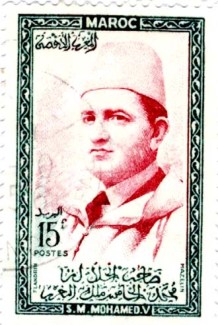
https://dafina.net/forums/read.php?52,91003,322290
| Cigalou Re: BUS CTM | 05 January 2013, 23:23 |
A view of coaches in MAZAGAN …in the background, they are most likely CTM coaches …
On the other hand, the bus in the foreground is perhaps driving for another transport company… [ that of Moulay Ahmed Cherkaoui, Les Transports Cherkaoui ]
Attachments:
| Cigalou Re: BUS CTM | 06 January 2013, 10:23 |
Perhaps(?) this public transport motor vehicle appearing in the foreground of the previous image (Mazagan) was part of the fleet of the Mazagan company known as Transports SERGEANT , which mainly operated connections on the Casablanca-Mogador axis …
Attachments:
| Cigalou Re: BUS CTM | 06 January 2013, 10:23 |
A photograph-cpa of Mazagan on which we can see the agency of the transport company Sergeant …
Attachments:
There was also a transport company called BERGERON which provided connections between Casablanca and Mogador… company located at 83 route de Médiouna in Casablanca…
Attachments:
| Cigalou Re: BUS CTM | 06 January 2013, 10:44 |
I have long believed that the transport company MOLLA.J (Minerva cars) well known in OUDJDA only provided connections on the Casablanca-Oujda-Oran axis … with correspondence on Ouezzane and Tangier …
Attachments:
| cigalou Re: BUS CTM January 06, 2013, 10:56 AM | Member for: 12 years Posts: 6,653 |
In fact, this J.MOLLA transport company also provided services on the Casablanca-Mazagan-Safi-Mogador axis with its MINERVA coaches … Attachments:
| Cigalou Re: BUS CTM | January 14, 2013, 2:03 p.m. |
View of the square in SAFI where the CTM coaches were parked…
Attachments:
| Cigalou Re: BUS CTM | January 14, 2013, 2:05 p.m. |
CTM Agency at SAFI …
| Cigalou Re: BUS CTM | January 14, 2013, 2:10 p.m. |
Another location of the CTM agency in the town of SAFI…still on the same square…next to the “Tout va bien” brewery
Mazagan Entrepreneurial Value Modernizers
Moulay Said Bencherki, a man of Doukkalais stature, respected for his physical strength and strength of character as well as through his success as an international trader of export products from the port of Mazagan. Heriya in its entire commercial destiny and job and value creation niche for the entire city of Mazagan / El Jadida was grateful for the export-oriented entrepreneurial actions of Moulay Said Bencherki which in turn facilitated other traders such as, among others, Serghini, Mesnaoui and Mekouar for example, access to large British and French companies (Marseille, Manchester, Gibraltar, etc.) for importing sugar,
Moulay Said Bencherki and Moulay Ahmed Cherkaoui not only exchanged between them the good things of daily quality life, they were bound in the complicity of respect and sincere brotherhood to such an extent that they decided that their next son will be respectively the bearer of their first name.
As a result, Moulay Ahmed Bencherki currently bears since birth the name of my Father such as Sidi Ahmed Bencherki, while on my side I bear the name and nickname of his Father Moulay Said, indeed all the jdidis who know me closely and who saw me grow up call me Moulay Said, just another person of great renown in the history of football and Diffaa Hassani Jadidi and Rachad Club of El Jadida had this same name before I was born and I speak here by Moulay Said Hamri.
This shows how much Moulay Said Bencherki was appreciated in business circles as well as in the district that brought us all together, the Sfa – Derb Berkaoui district.
As a result, a deep and tight bond existed between Moulay Said Bencherki and Moulay Ahmed Cherkaoui which was so authentic in sincerity, that when I was born, Moulay Said Bencherki brought a sheep and gave me the name of Said with the nickname of Moulay Said . My Father added El Mansour as a symbol of the ongoing struggle for the independence of Morocco and in homage to Sultan Ahmed El Mansour who was the beacon illuminating the dynasty of Saadians of Amazigh and Berber origin as was my Father’s Mother, Lalla Awiche bent Bouziane de Hawamate of one of the 7 Saints of the City of Marrakech, in this case Abdellah el Ghazouani known by the nickname of “Moul El Ksour,” the founder of the Zaouïa in the “El Ksour” district,
Read more in this link:
https://en.wikipedia.org/wiki/Abdallah_al-Ghazwani
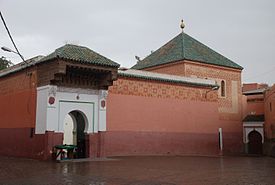
Lion of Jbella – Appearance of Moulay Abdessalam Ben Mchich
I would tell this journey with Moulay Ahmed Cherkaoui My Father Tghamada bi rahmatih.
My Father during a visit – Ziyara that we had undertaken in Moulay Abdessalam Ben Mchich – that later I understood why this visit in the depths of the forest of the mountains of Jbala where no road led to the sanctuary. We walked for a whole day and at that time Guardia Civil was still present as a symbol of Spain in the north. We had traveled the North with a Renault Quatre Chevaux with the engine behind and it was a Cadillac for me or a miniature Royce Rolls.
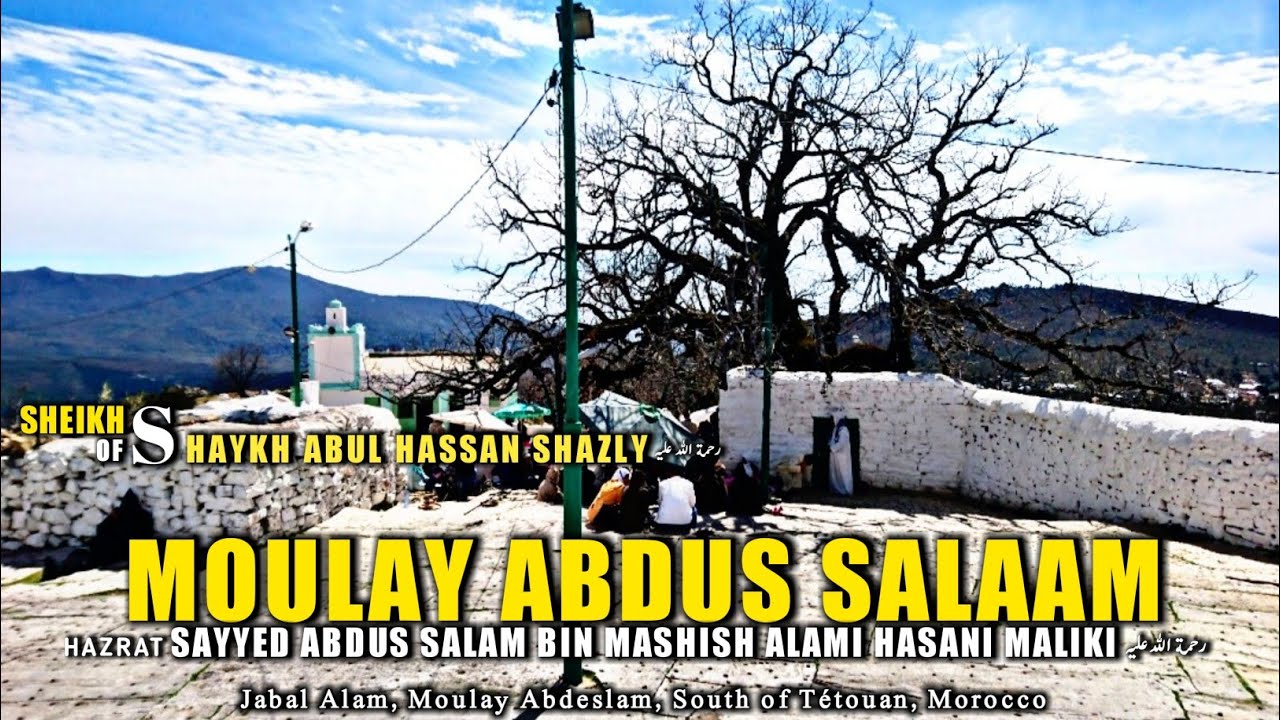
Cherkaoui Memoirs with Atlas Lion Jbella Moulay Abdessalam Ben Mchich
My family and I had a very close relationship with Hajr Nhal and Northern Morocco and Tangier, I will write this entire story one day Inchallah while waiting here for a part with the Sufi Saint that my Father and the Lodge and the Cherkaoui Brotherhood in as a Sufi considered one of them … Read More
Years later, I actually fully grasped the reason for this pilgrimage, since Moulay Abdessalam Ben Mchich was a disciple of the Tarika Tasaouf of the Cherkawa – and very early in the morning, in freezing temperatures, we were sitting on the ground covered with plates of cork and in front of us a beacon of 4 corners erected with stones from the surrounding mountains, in no way cut but only chosen according to the flatness of their shape and placed on top of each other thus enclosing a large tree of cork and in the middle, a orifice acting as a window to see the inside of this colossal tower, intriguing by its solidity and balance by its disparate rock stones.
My Father explained to me that the descendants of Moulay Abdessalam Ben Mchich had tried several times to build a Mausoleum but each time before finishing it, the whole building collapsed at night and that this tree went up in the middle of the tomb like a surface response to effectively prevent them from starting construction again.
In fact, my Father specified that Moulay Abdessalam Ben Mchich had repeatedly advised his disciples and heirs not to build him a Mausoleum but to cover it with what had accompanied him in his meditations and prayers. His tomb was actually perched on a peak of one of the mountains and had a panoramic view of the rest of the surrounding ranges. of acceptance of divine right on ephemeral material. In these mountainous corridors, the humble addressed their God and found their way to Sufi Cherkawa serenity.
In this desired solitude, the love of the Divine was the end of all existence. In this contemplation of the surrounding nature, Moulay Abdessalam Ben Mchich found refuge to lead his prayers and from his rejection of any celebration which should simply be reserved for powerful and beyond its own existential territory as the direct and eternal attachment of the Rouh Sufiya. This window had wrought iron which resembled the great buildings of medieval castles. My Father sat by my side and both of them in a straight suit in the posture out of respect and frozen by the freezing cold and by the imposing presence of the spirit of Moulay Abdessalam ben Mchich.
In this spiritual reverence, my Father continued to ask me in a very low voice saying to me:
“Wlidi, look in the skylight-window, do you see anything? »
I answered him all the time, yes, a cork oak tree, a candid answer from a child who was wise and respectful of his Father and the peaceful surroundings. No children were around, only the rocks and the projecting points of the oaks and the mountains which wove in the clear blue horizon the image of a continuation of the teeth of a rocky and verdant saw.
My Father had leaned towards me and from closer and in a low voice, clear and scathing in its content whispered in my ear:
“ Wlidi, take a good look through the bars of this window, take a good look, there is a Lion inside. »
I jumped on my seat but my Father comforted me and told me that it was the projection of this Great Sufi Man.
In fact, it was also a greeting from a disciple of the Cherkaoui who wanted to mark our visit to the Peaks of these Mountains with a majestic presence and who greeted my Father and his Son as the descendants of his masters and thus wanted to preserve the lineage in thought as in the paternal and common memory between Moulay Abdessalam Ben Mchich and Sidi Mhamed Cherki through our presence.
We were the guests of a Lion who in fact, for me, as my Father’s guest I considered this presence as a blessing from the True Lion that it was My Father who reflected his image in the Oukouf of Sadat. The night before another revelation in the fire was also ours. Another time I will tell the details. Since that time and for years to come before crossing the seas, I could reduce the tension of the fire on the body and several times I accomplished such an appeasement for the cousins and cousins of Marrakech. May God keep us on the straight path of the Baraka of our ancestors and ancestors.
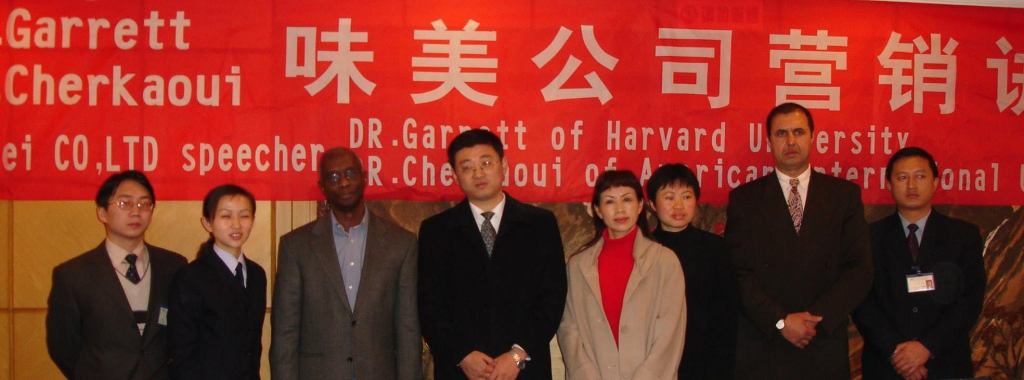

7y _
ActiveSaid El Mansour Cherkaoui Moulay Abdessalam Ben Mchiche and Abdessalam Cherkaoui: It must be added to this that My Brother was named Abdessalam with the nickname Azhar by My Father in reference to Moulay Abdessalam Ben Mchich who was also a disciple of the Zawiya Soufiya of the Cherkawa and the name of Abdessalam Cherkaoui must also come from such affiliation and identification of all Cherkaoui. Rahima Allah Mawtana Sabikine. 7y _
Famous Memory of the 50 Moroccan Francs Banknote
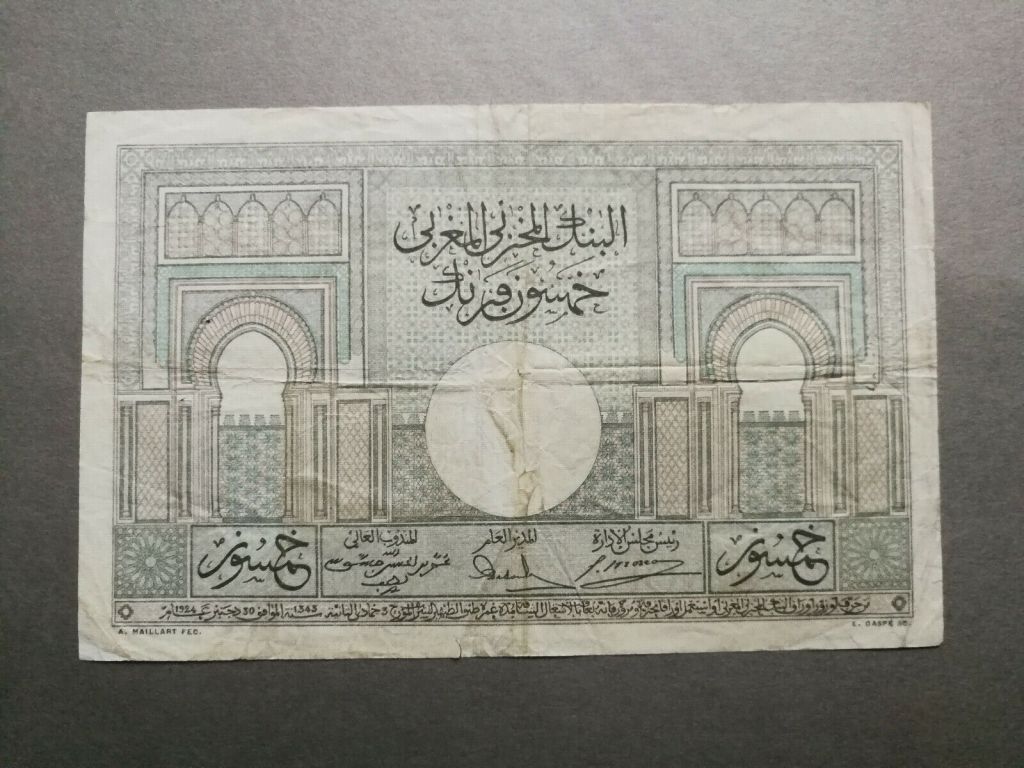
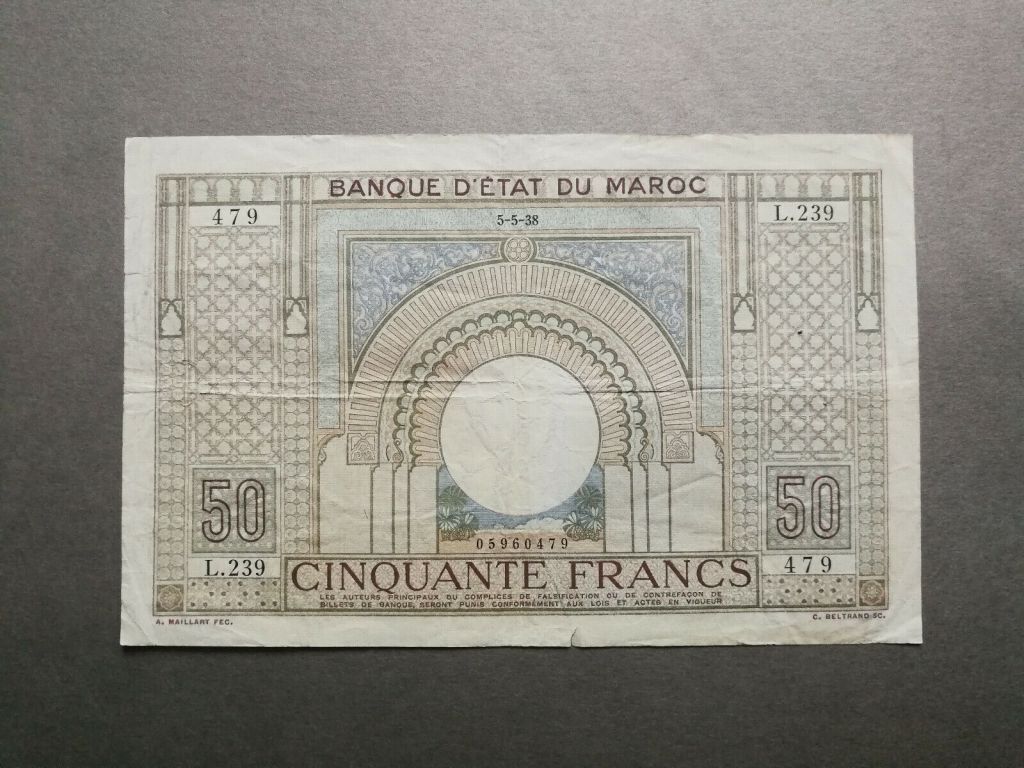
https://marocroissance.wordpress.com/2019/05/14/said-el-mansour-cherkaoui-moro-maroc/
Raouf Fatna Si Nhali was a Great Friend and Close to My Father Moulay Ahmed Cherkaoui, he took me to his house opposite the Belhamdouniya Souk Lakdim Mosque and also my Father and I met Si Nhaili often with Bouchrit who like Moulay Ahmed Cherkaoui were all 3 owners of Transit approvals. They met with my presence, also Ouled Wahrani at the two offices which served as counters for the coaches behind the Port of Mazagan and just in front of Madame Dufour’s house which was just behind the Paris Cinema and between a Hangar on the right and the workshop of Ouled Wahrani and on the right the garage of Bouchrit. If Hhali dressed in the Turkish way, with the red tarbouch and the jellaba and sometimes with an apron and always Tarbouch while Bouchrit dressed with Serwal Kandrisi,
In reality, it was my Father Moulay Ahmed Cherkaoui who started the business of Nhali and Bouchrit, since my Father Moulay Ahmed Cherkaoui had been the pioneer of Public Transport and especially that in Morocco and Mazagan, there was a continual shortage of spare parts for coaches which were always imported in the skeletal form of chassis, driver’s seat, engine and bonnet, gearbox, fenders, axle and rear axle, exhaust and 4 tires mounted.
The Second World War had accentuated this lack of parts and my father was thus led to create a local substitution for this decline in the importation of mechanical products. The scrap dealers of Judaic origin were no longer sufficient to supply the demand of Muslim and Judaic transporters. This was thus applied, considering that the priority of imports of mechanical products were reserved first for military needs and companies belonging to the authorities of the French Protectorate and associated Europeans. Thus, my Father developed a larger foundry and increased the production of his workshops which until this period produced only for the own needs of his coaches and cars.
he made the spare parts for the engine and the axles and rear axles and also the cabin, the seats and later reread the tires of the coaches.
My Father Moulay Ahmed Cherkaoui used 5 garages in Derb Berkaoui to do this mechanical, bodywork and upholstery work.
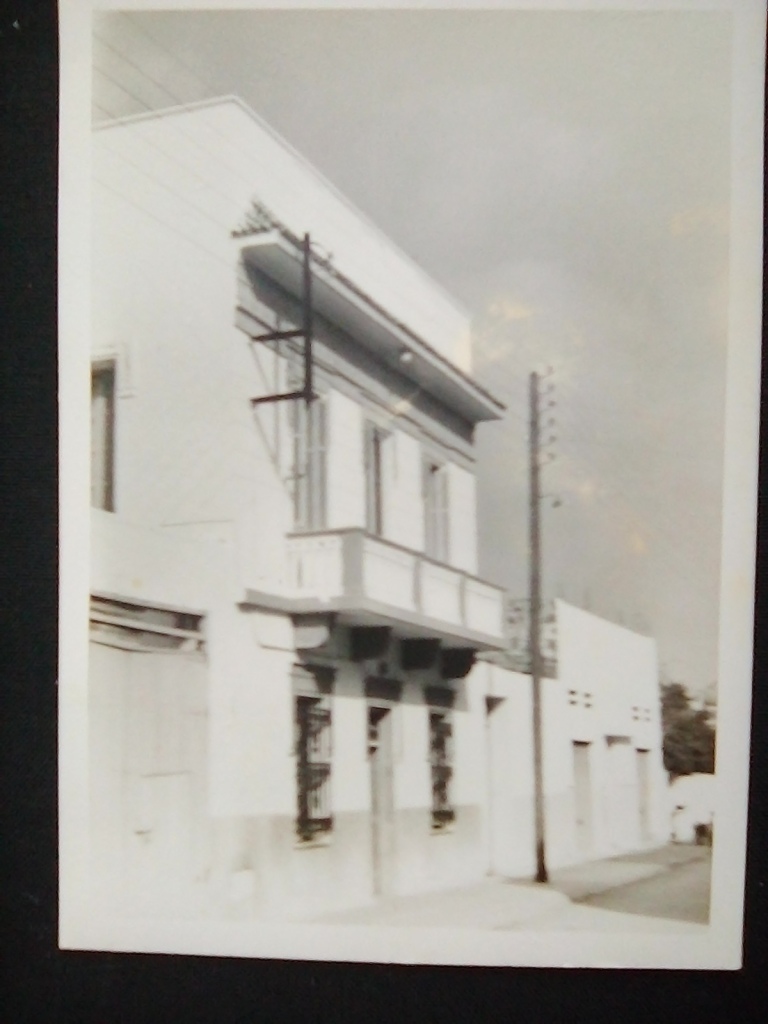
My Father used to own Packard car and Rio Royal and the doors will open from the middle to the right.
When you open the back door, there is a room between the back seat and the front seat given that the back trunk that open as a box, it was flat that you open the led from the top as rectangular box.
At the front on the both side of the engine, on each side what we call – the wings / les wings – two tires existed while at the front of the car headlight were like and we called them a half of an egg chromed while the bumper had double lines of chromed metal.
The hood, when you opened the two folding pieces, they will fold like two wings.
The tires had wires too. The wiper were fixed on the top of window shield.
SIMILAR ITEMS
Moulay Ahmed Cherkaoui: Popular Education and Social Progress of Morocco November 12, 2021In “Education”
Said El Mansour Cherkaoui is in Mazagan,…June 2, 2021
First Post in Mazagan: Consolidation of the Internationalization of Morocco February 25, 2021In “Entrepreneurship”
